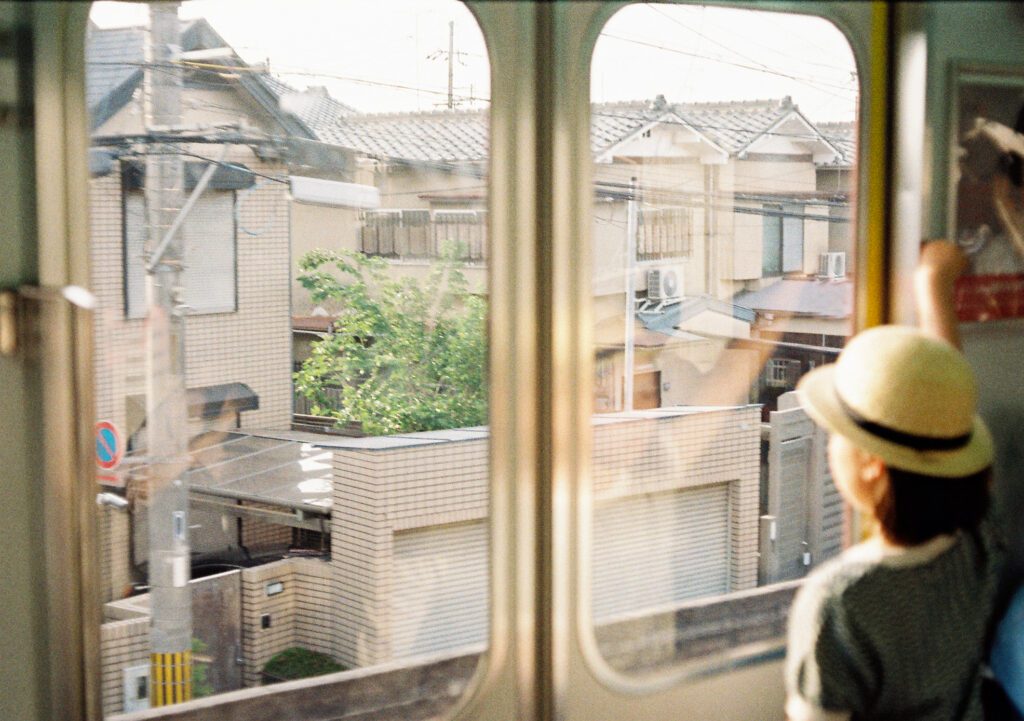
As summer emerges, adorning everything with vibrant green shades, it is now the moment to bid Japan farewell – enjoyable moments always pass swiftly.
During this gap year, we discovered that our living experience in Japan was unlike anything we had experienced before. The notable difference was the increased amount of time we spent together as a family within the confines of our home. This was primarily because we chose not to enroll our children in school due to the language barrier. As a result of this extended family time, I had the opportunity to compile a collection of photographs depicting our everyday life. Additionally, the captivating culture of Kyoto filled our stay with excitement and left a lasting impression on us.
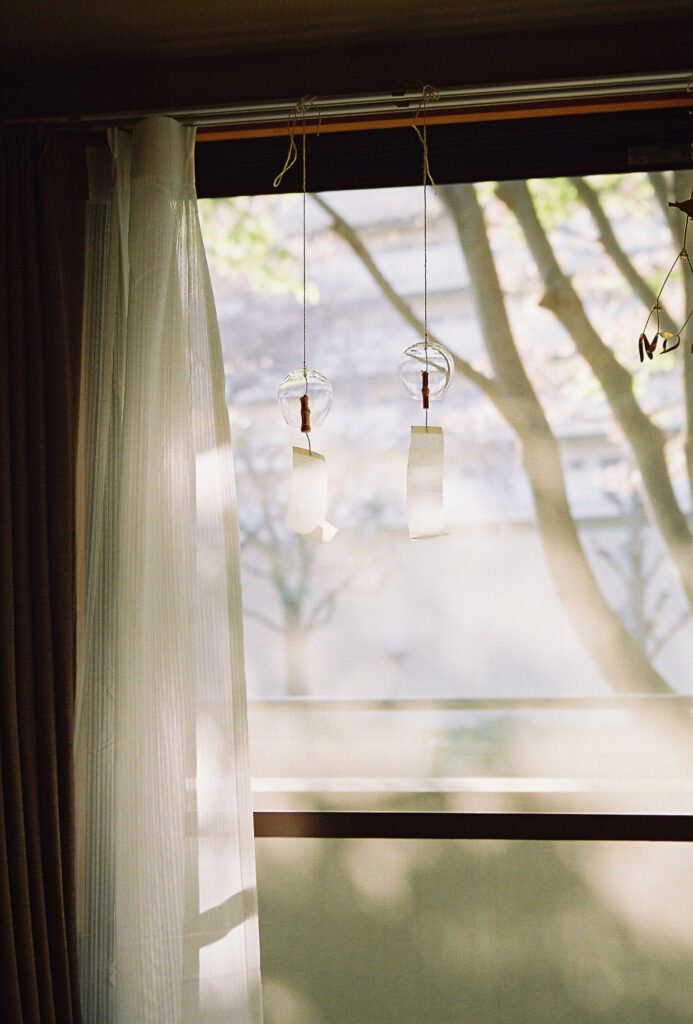
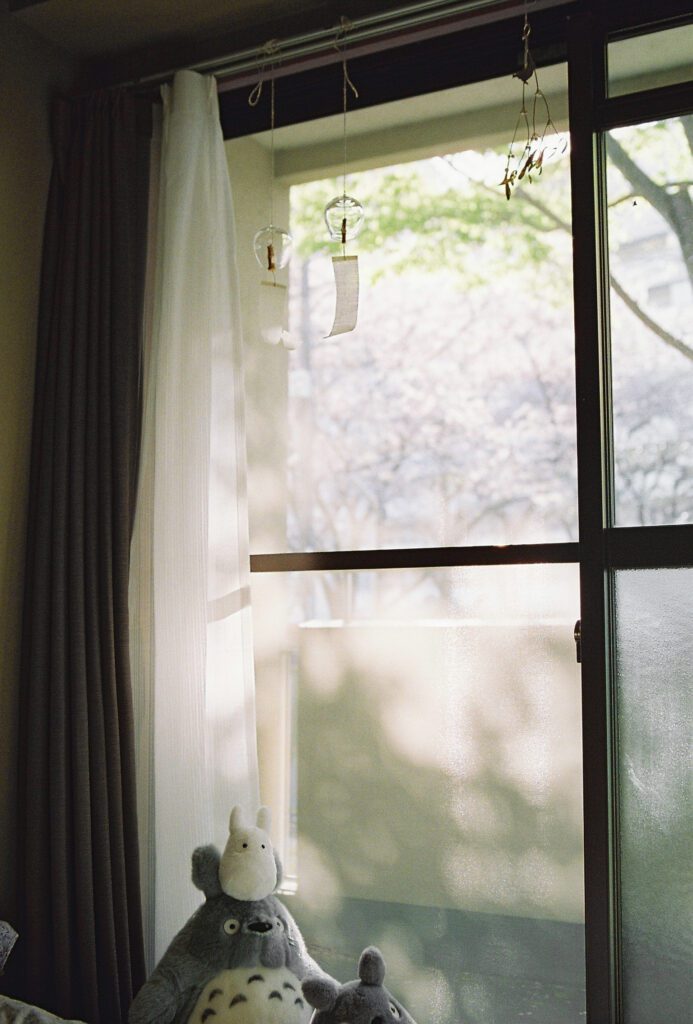
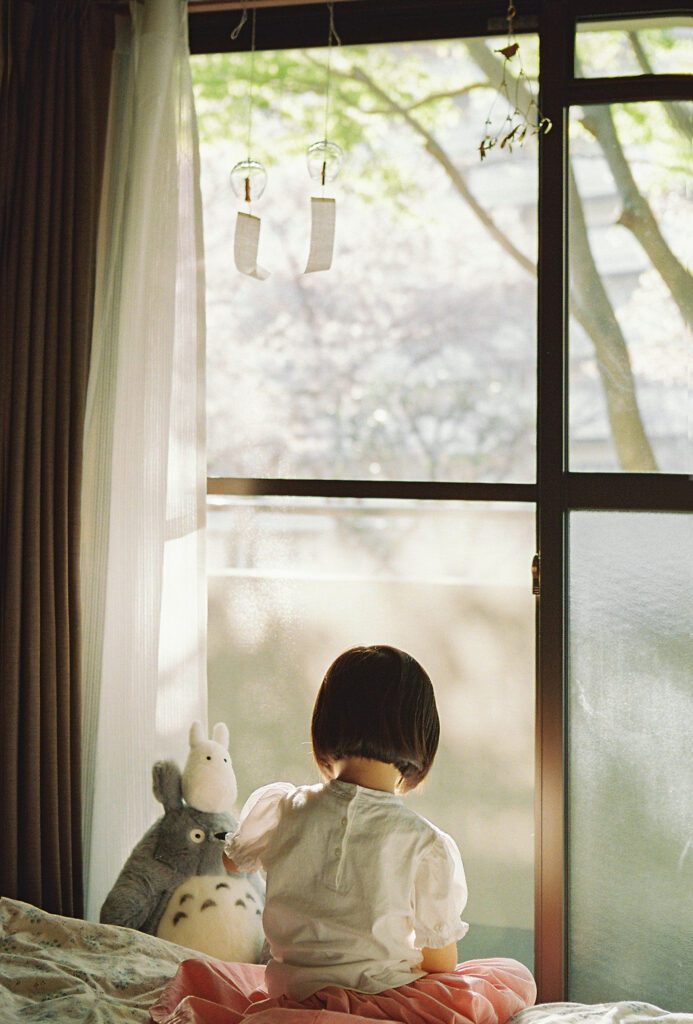
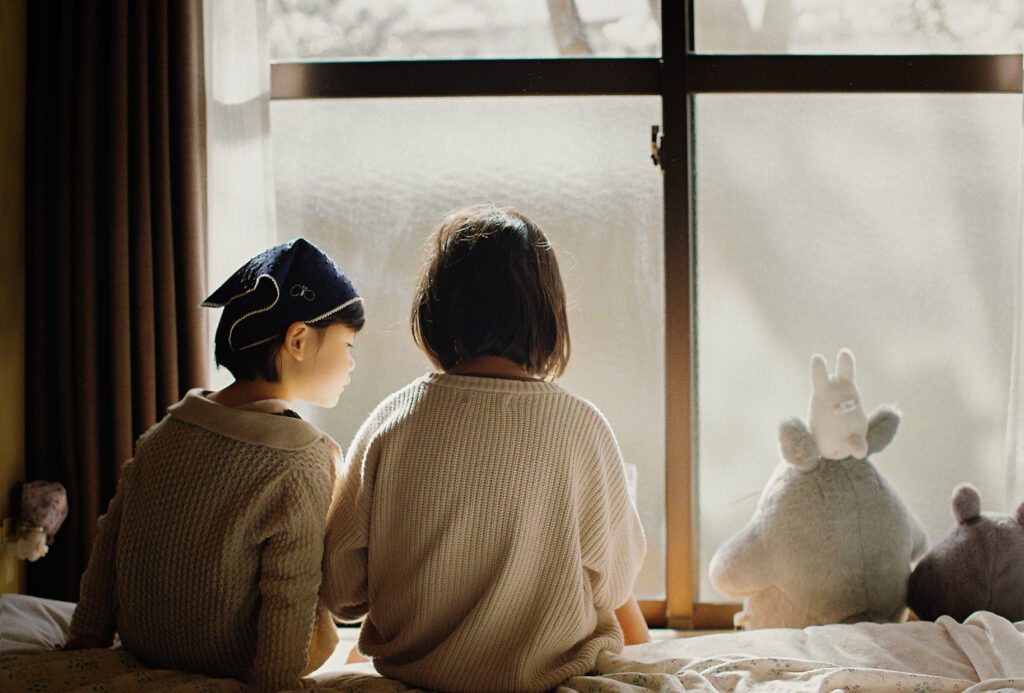
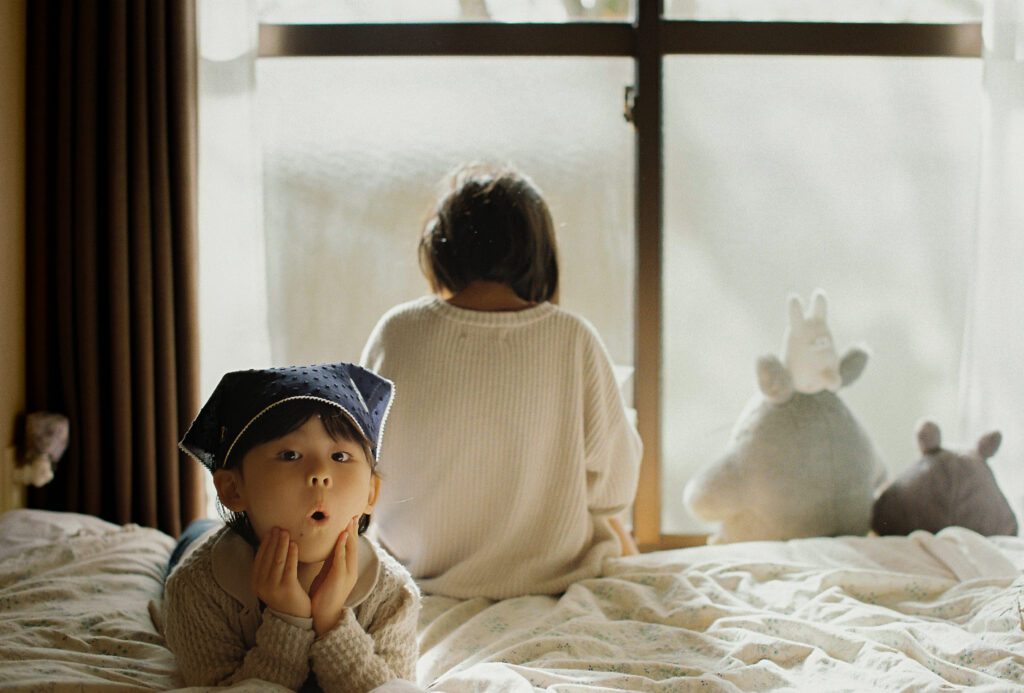
At home
Dad’s busy schedule at Kyoto University often kept him occupied, while our mornings were dedicated to homeschooling. Fortunately, we had many children living near the campus who could communicate in Chinese and English. In the afternoons, our little ones would spend time with these kids after their school hours. Living in Japan provided us with a cozy and tranquil environment. Despite our small home, with a kitchen that could be measured in just three steps, we had everything we needed, including a fully equipped kitchen, tatami mats, a balcony, and most importantly, our friends living upstairs.
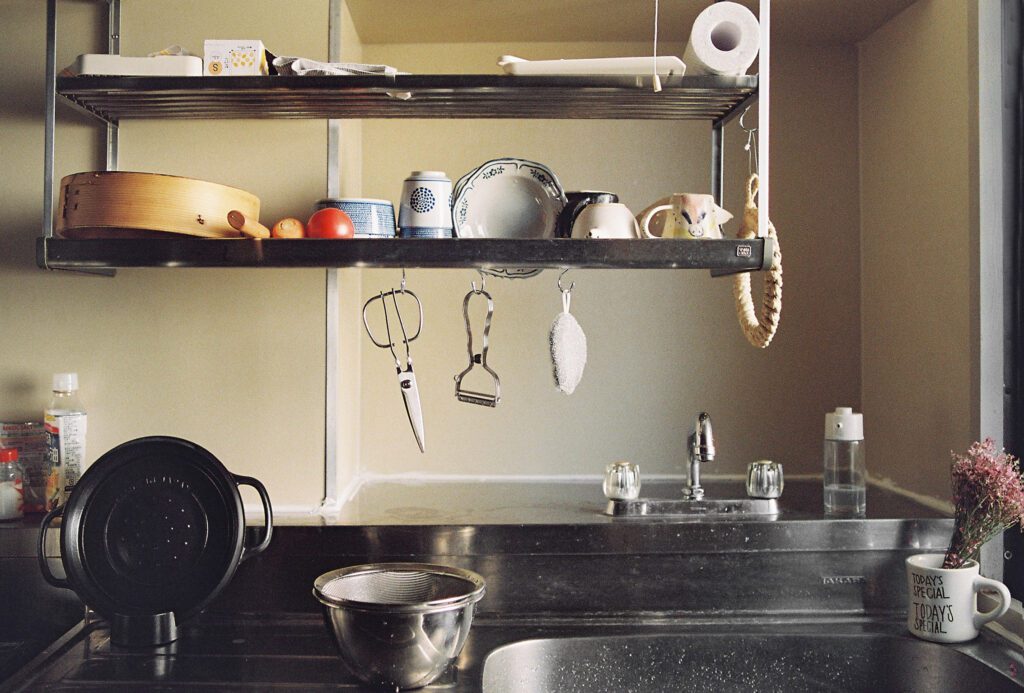
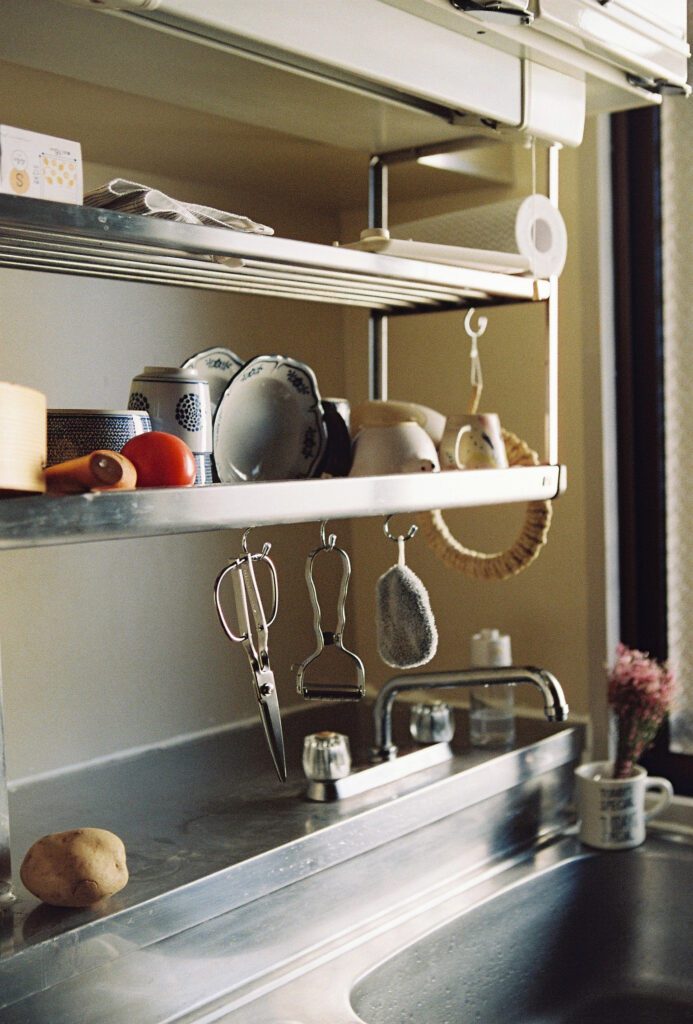
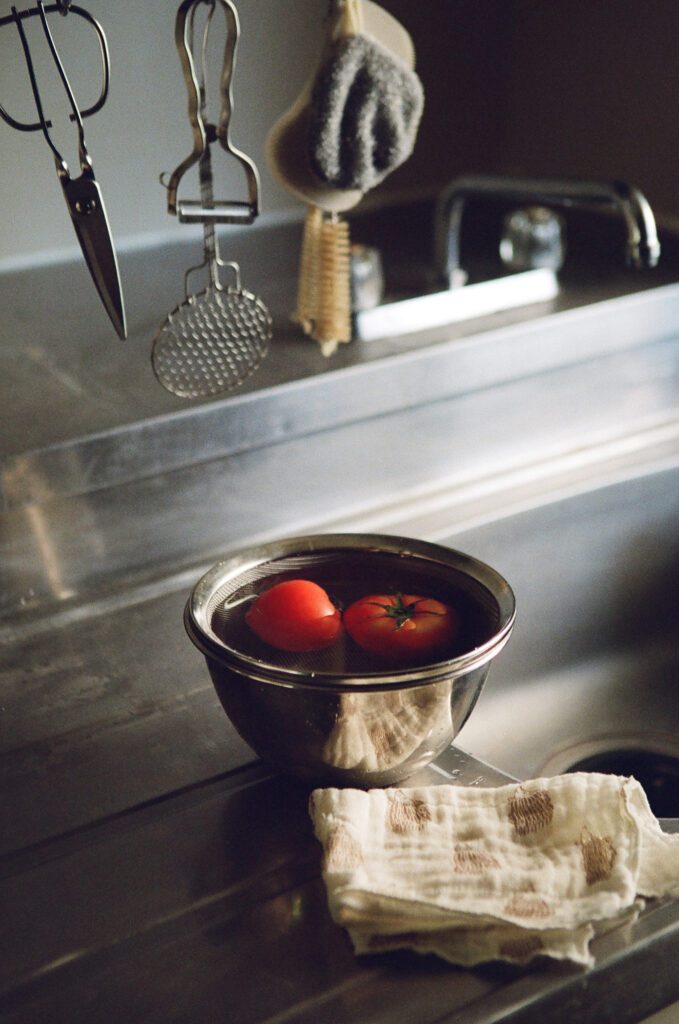
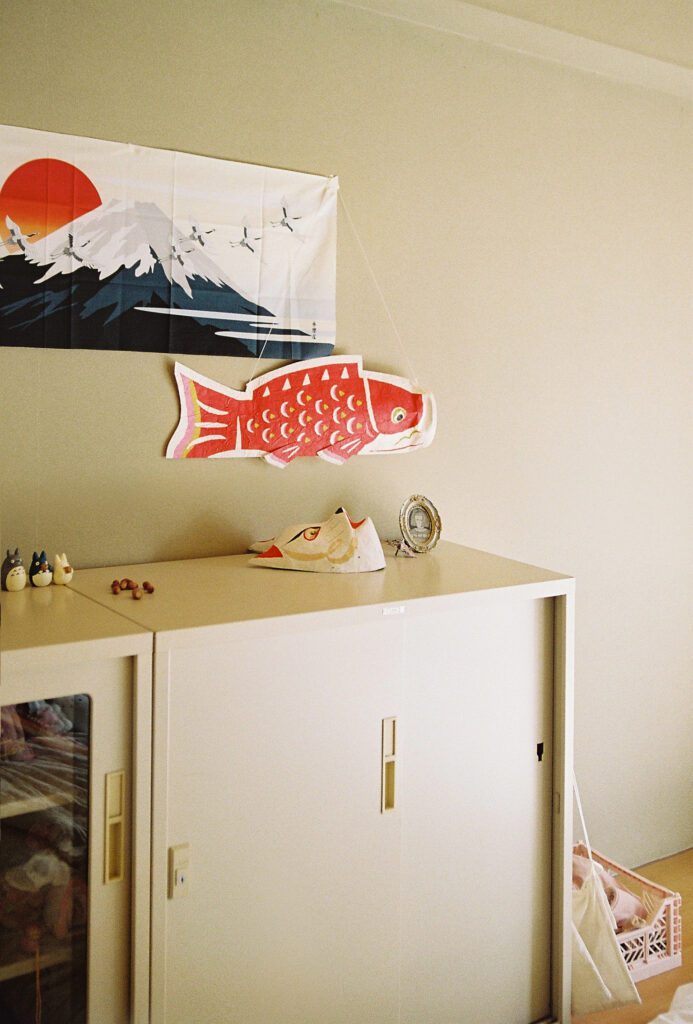
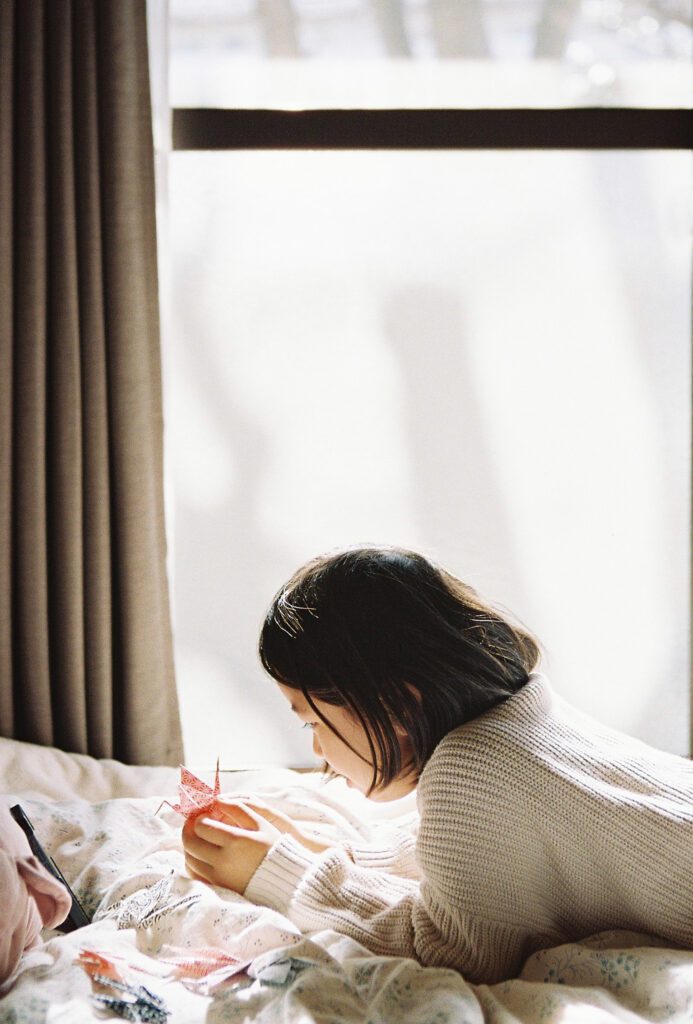
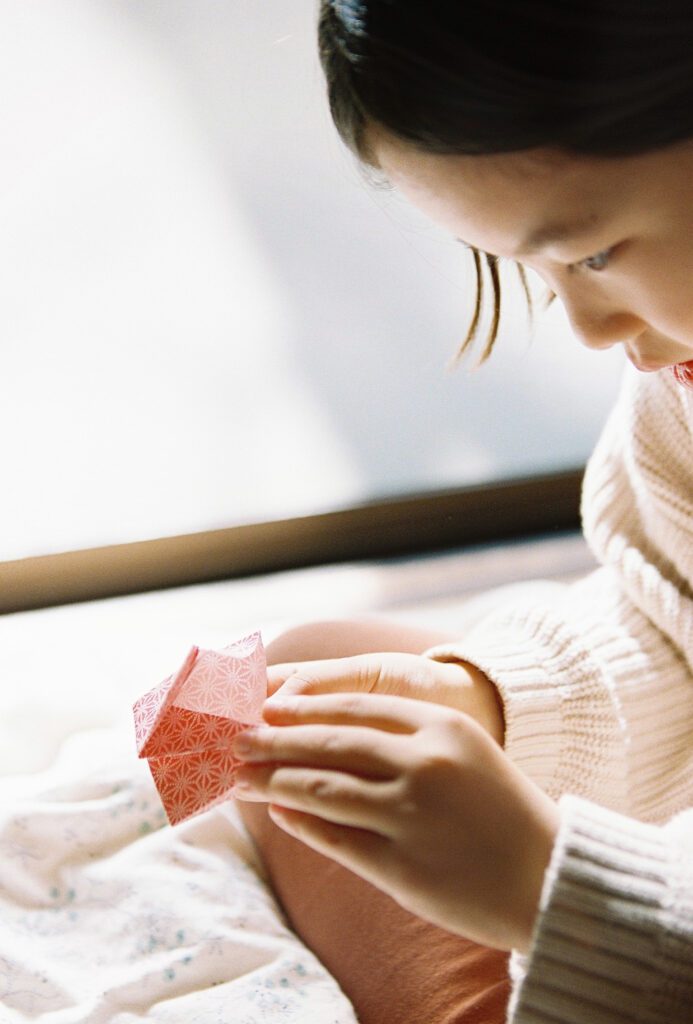
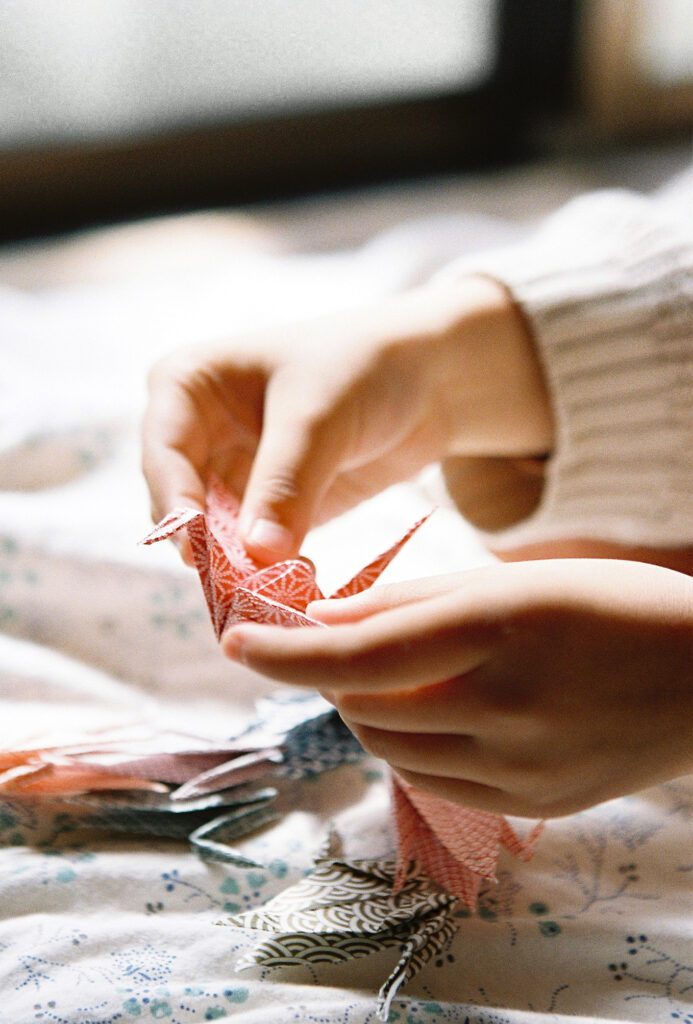

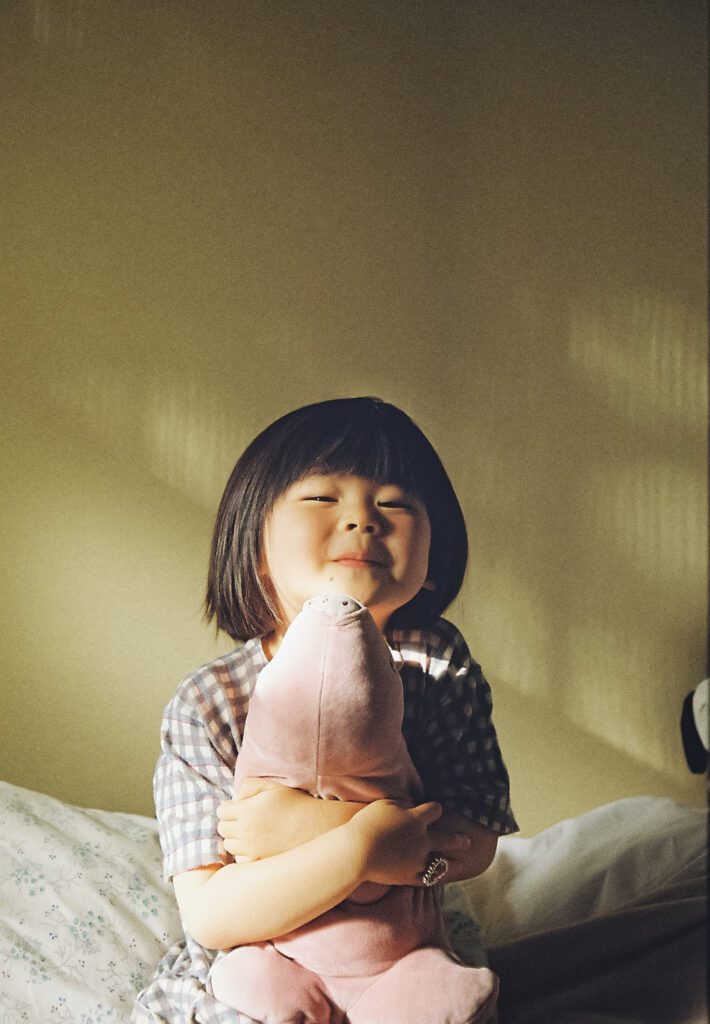
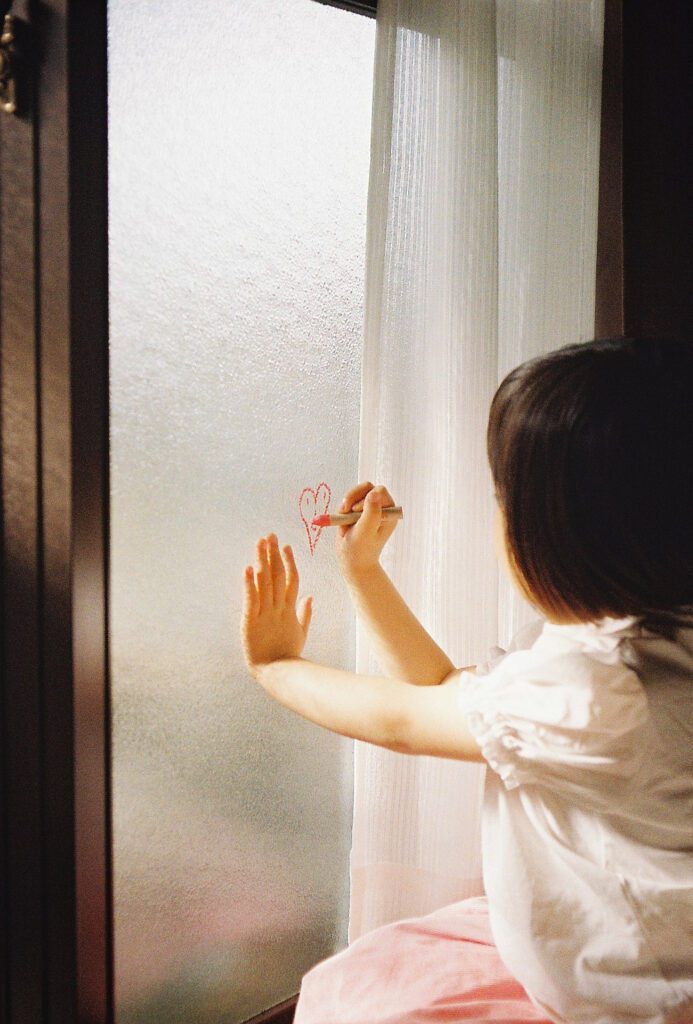
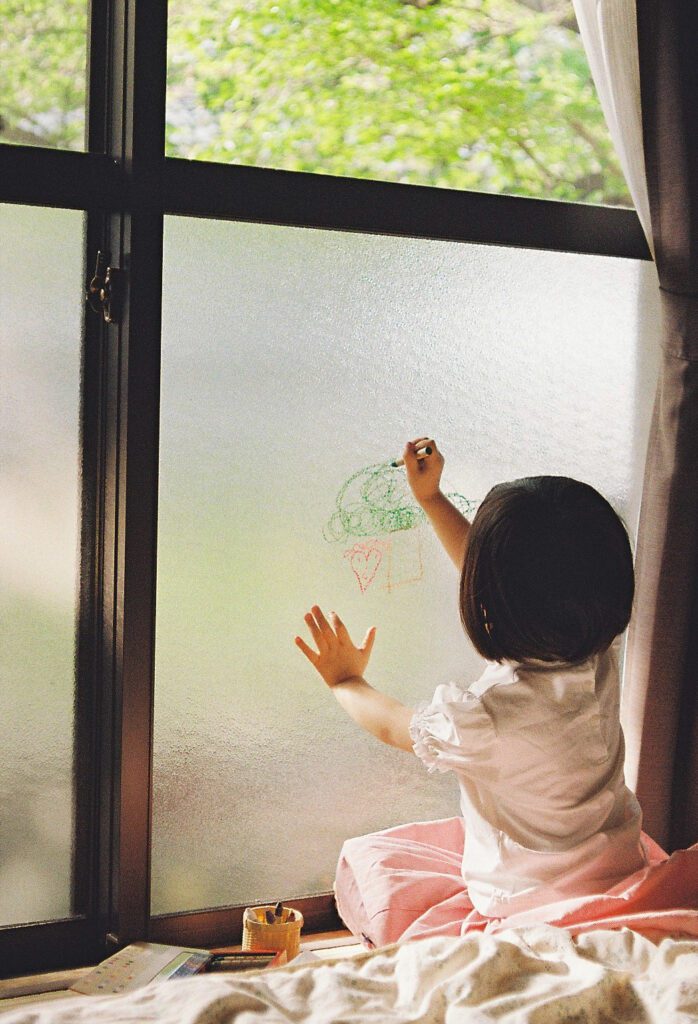
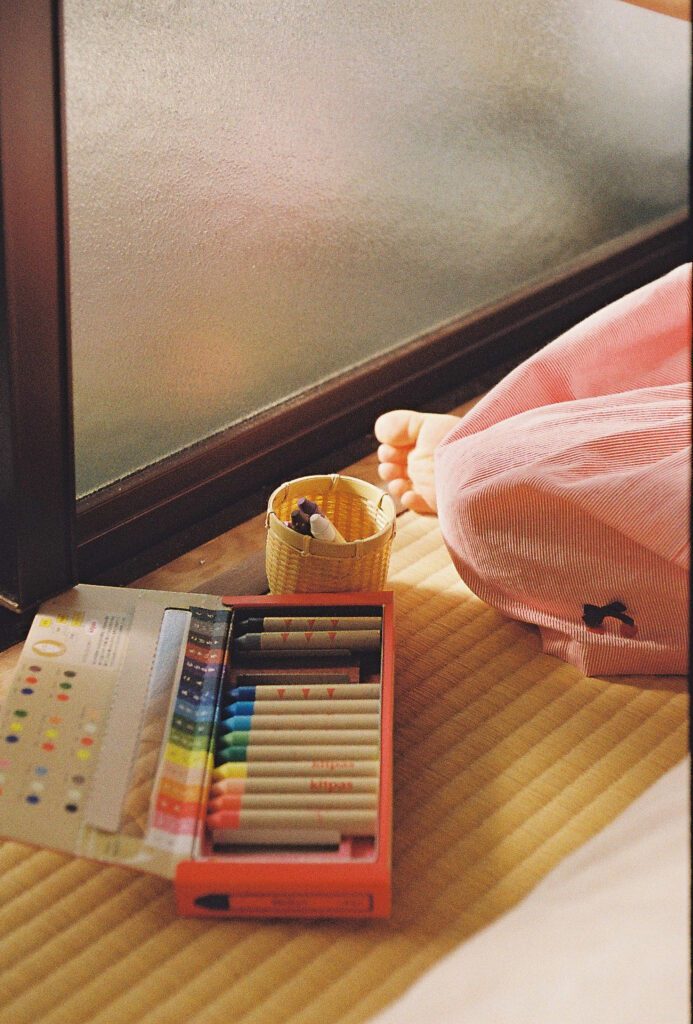
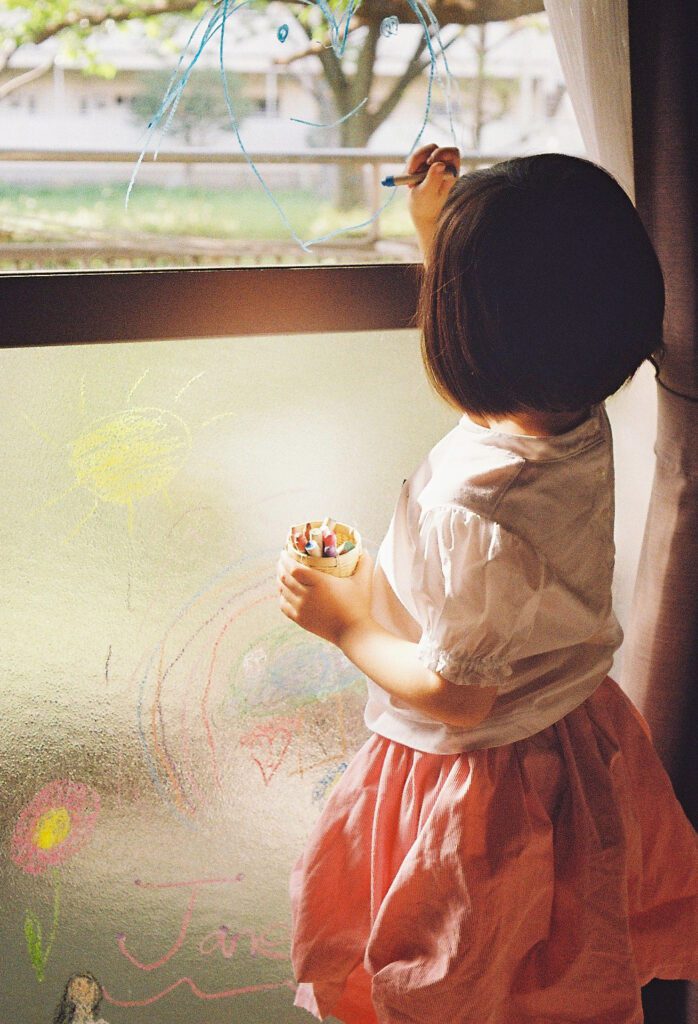
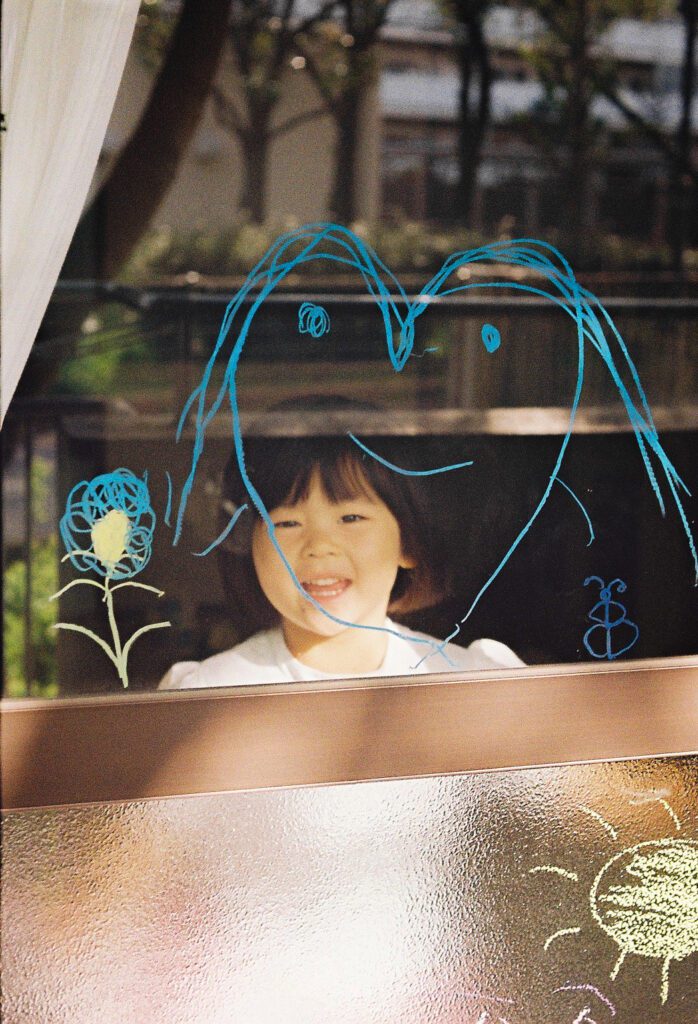
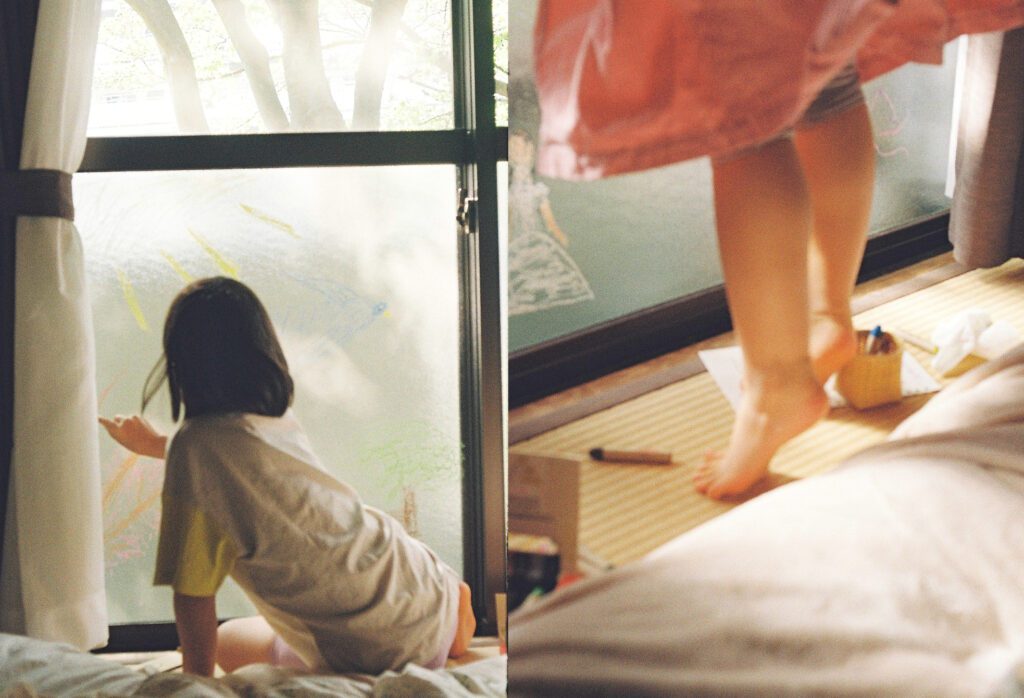
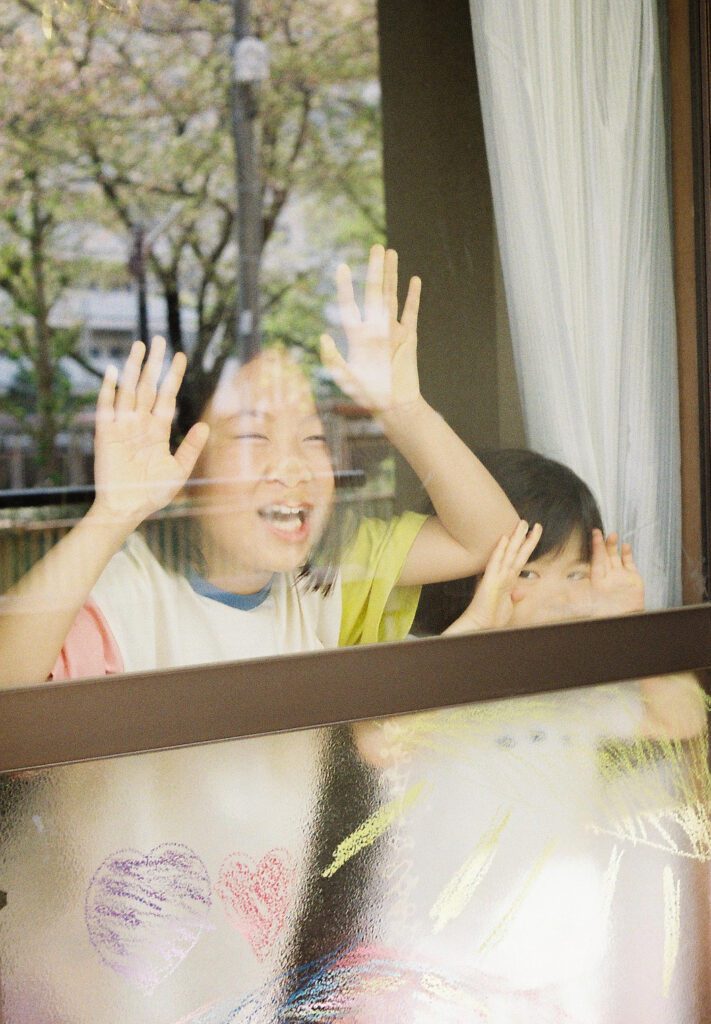
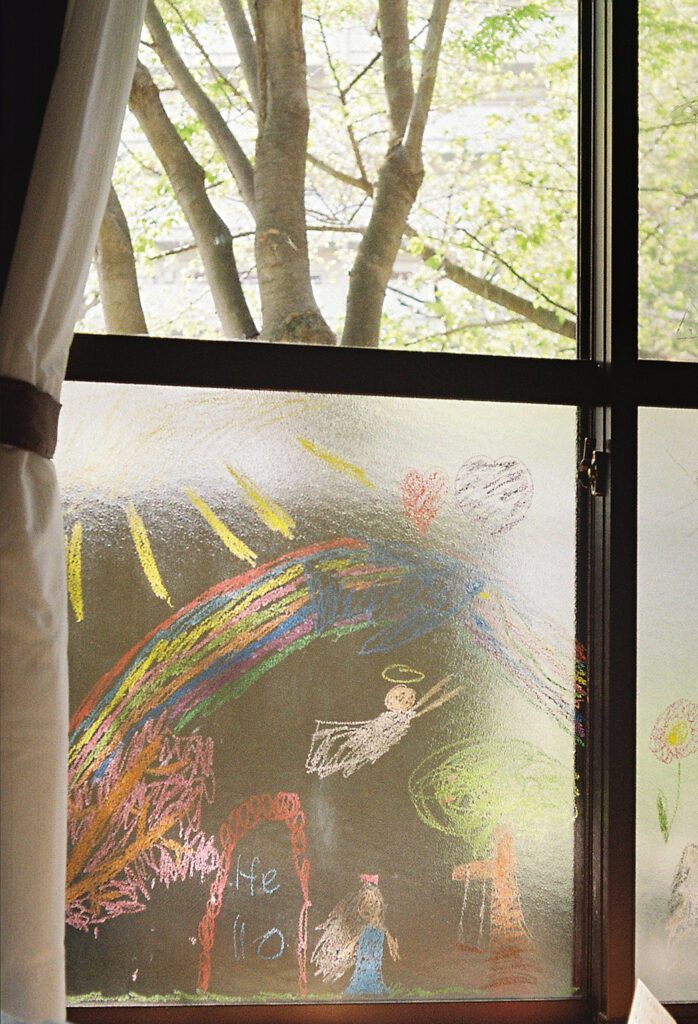
I will forever cherish the memories of our beautiful little balcony during the peak of cherry blossom season, when everything was adorned in vibrant green hues. We couldn’t have asked for more in terms of our fortunate living situation. Apart from homeschooling, the kids contributed a great deal to household chores, such as doing laundry, organizing their tatami mats, and dusting the dining area. Our eldest sister took it upon herself to care for her younger sister whenever I was unavailable. I couldn’t be prouder of her growth into a generous and kind-hearted person. Typically, in the afternoons, I relied on her to accompany her younger sister in playing with other kids.
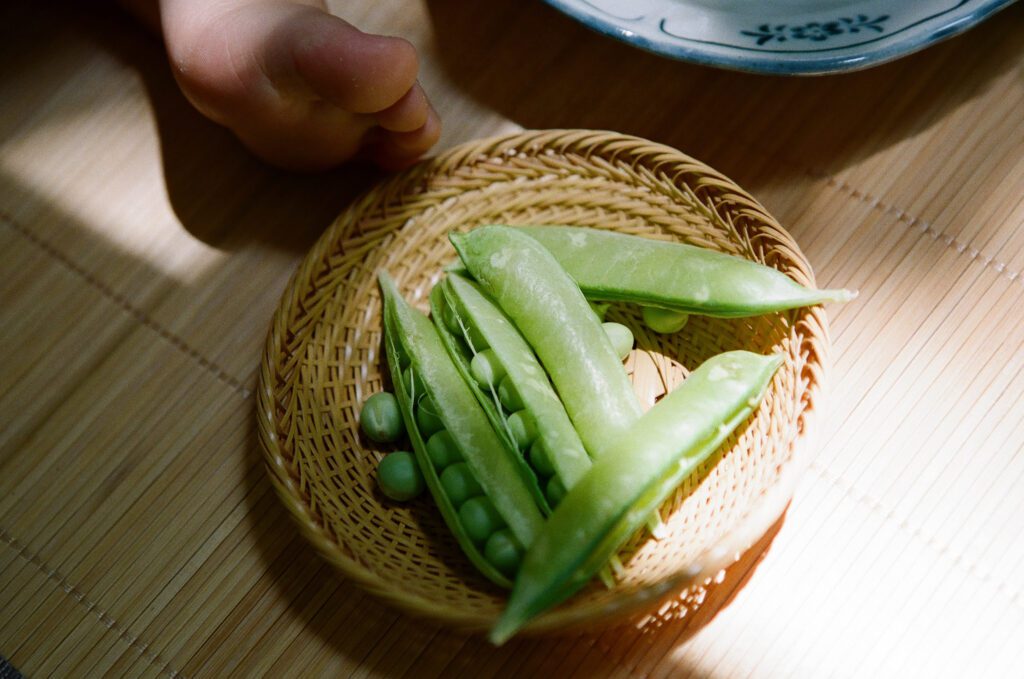
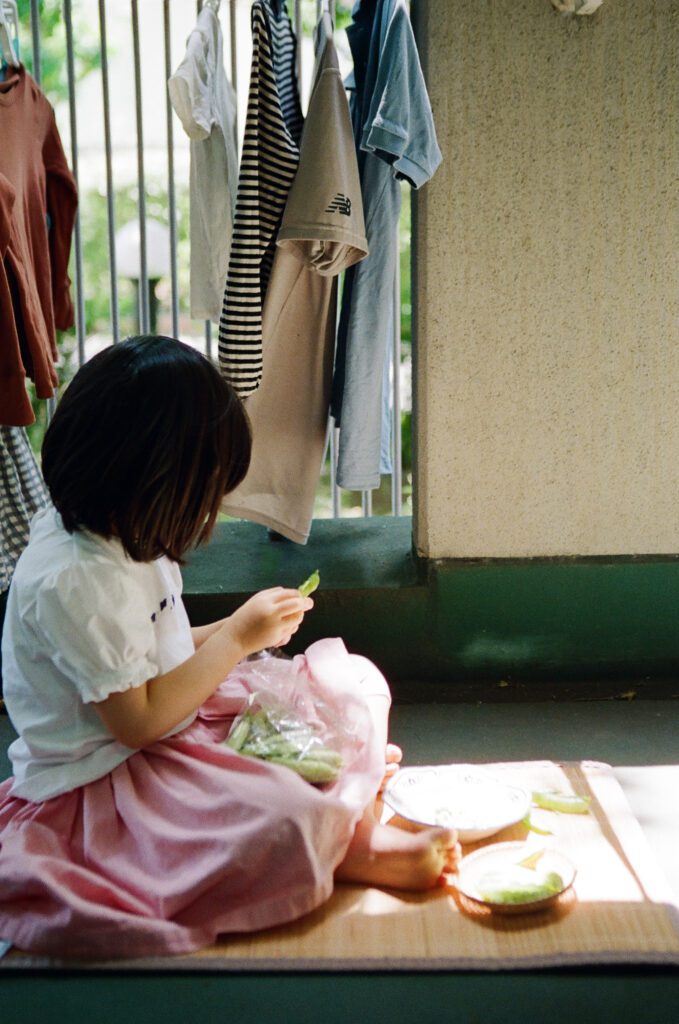
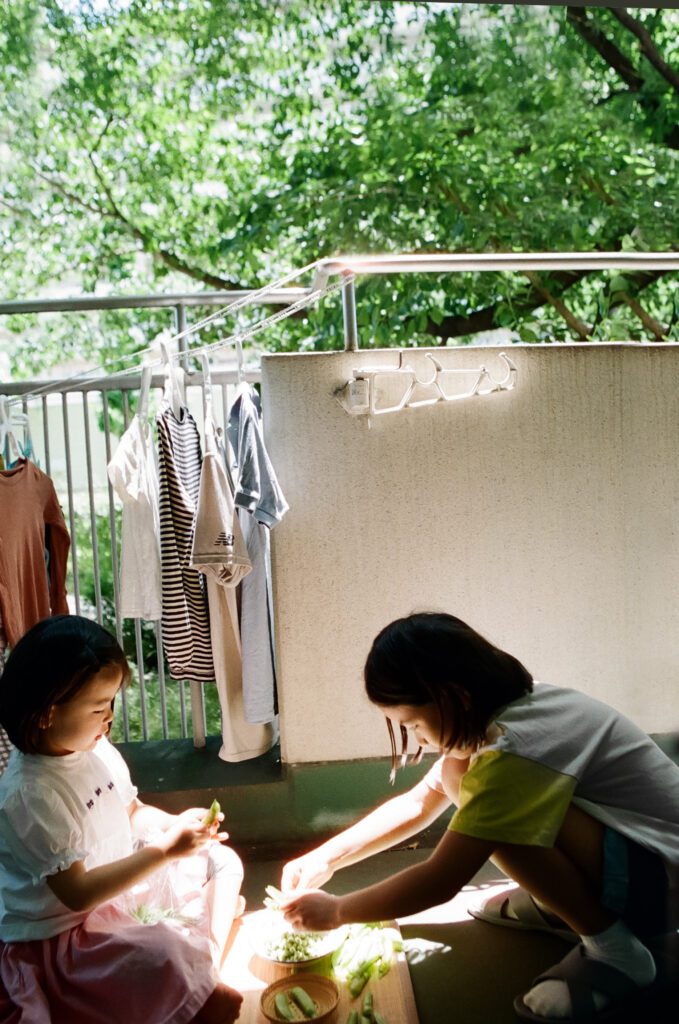
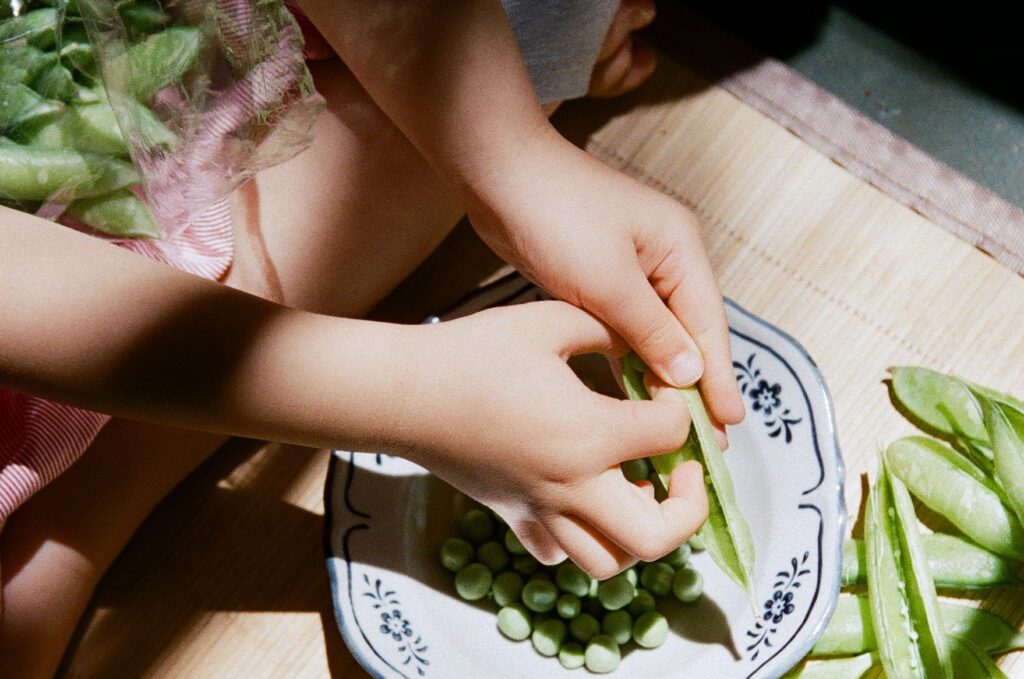
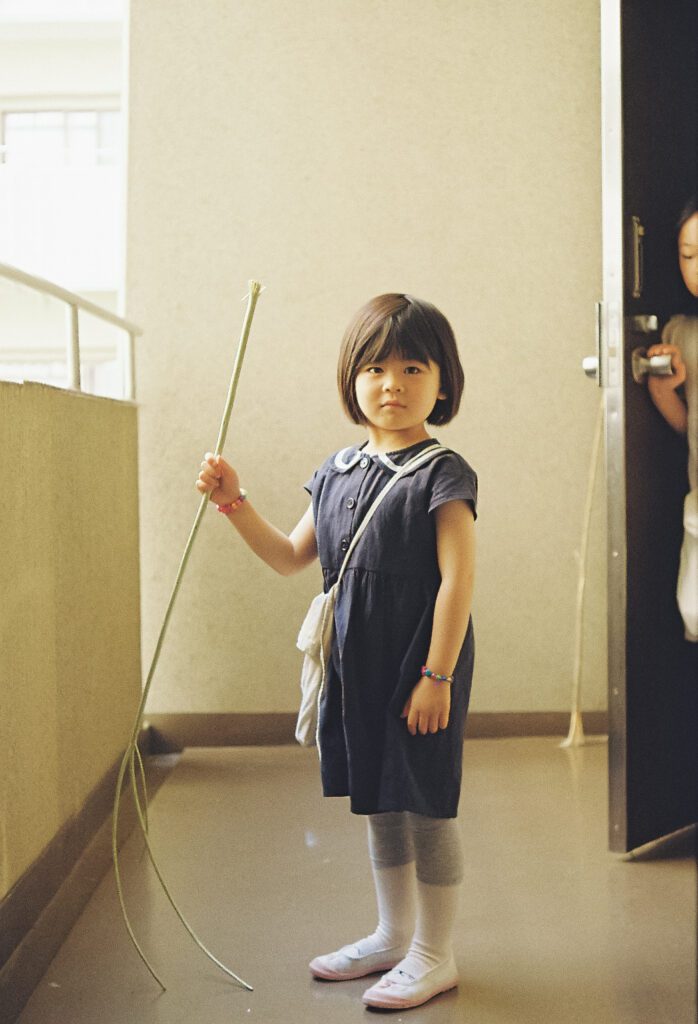
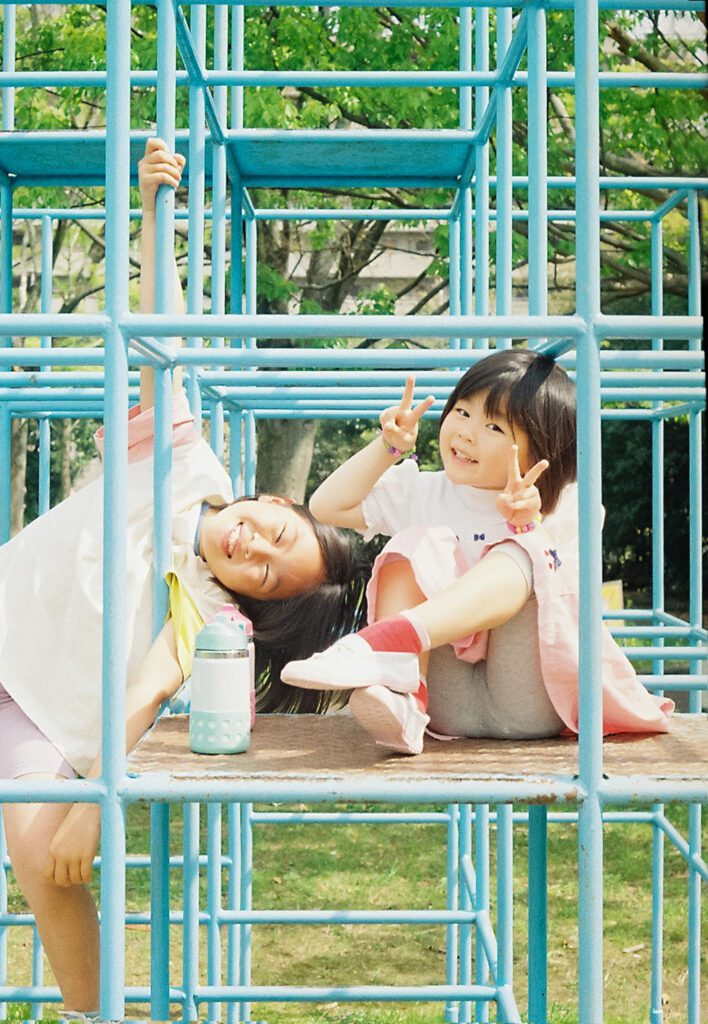
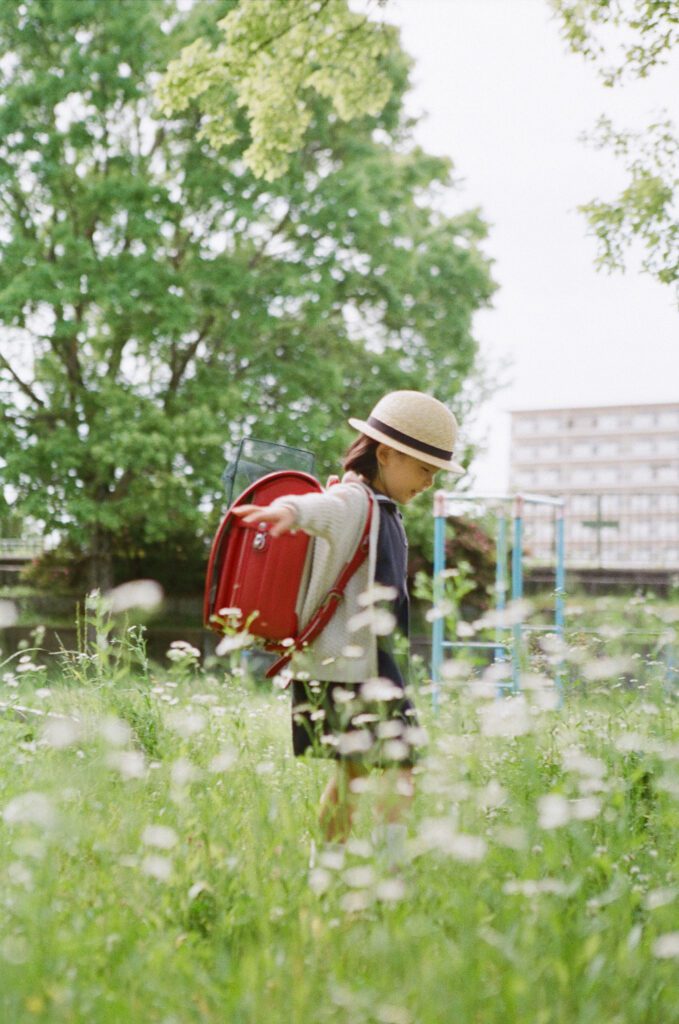
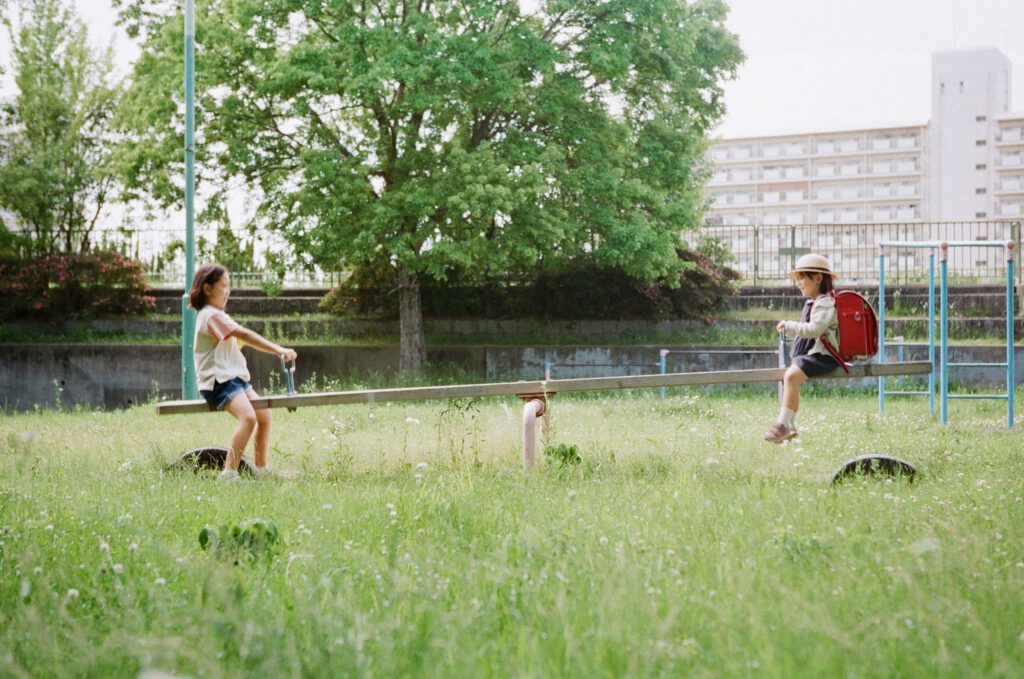
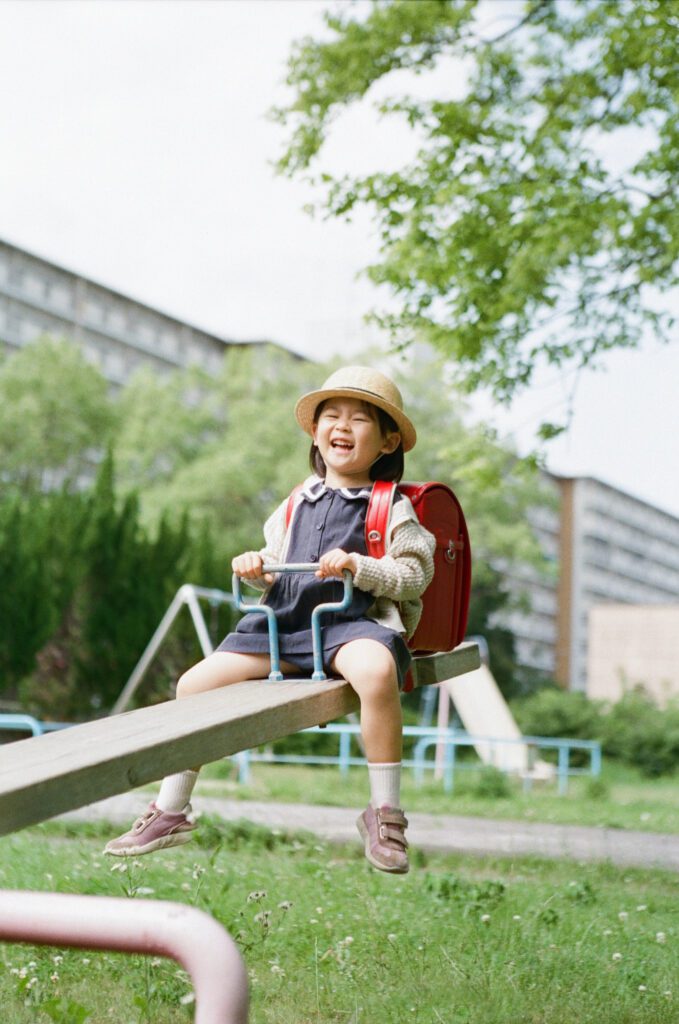
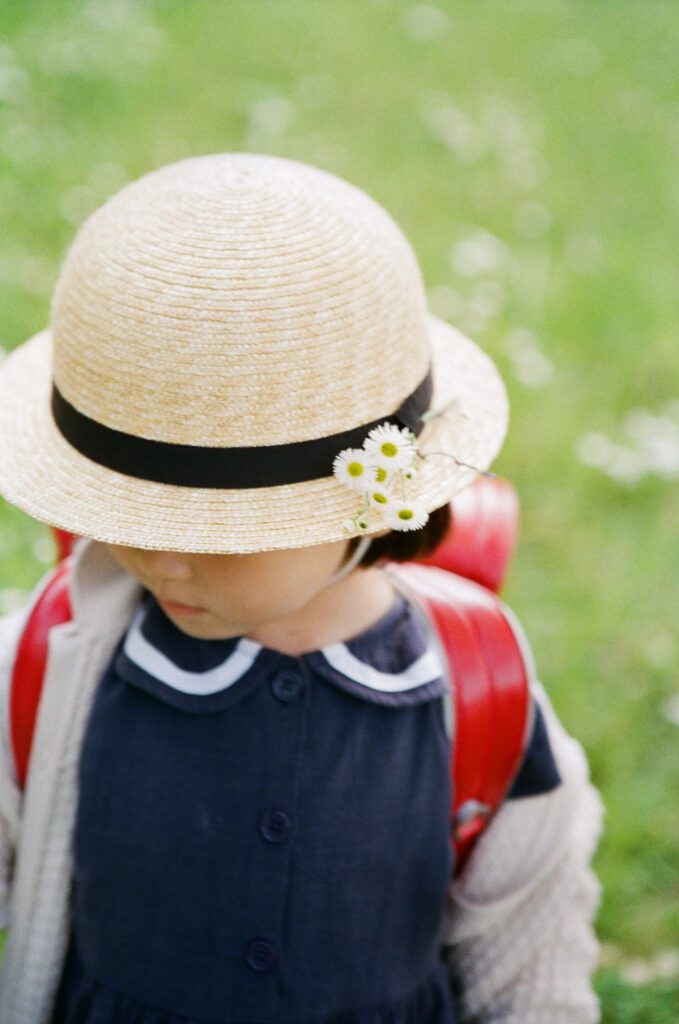
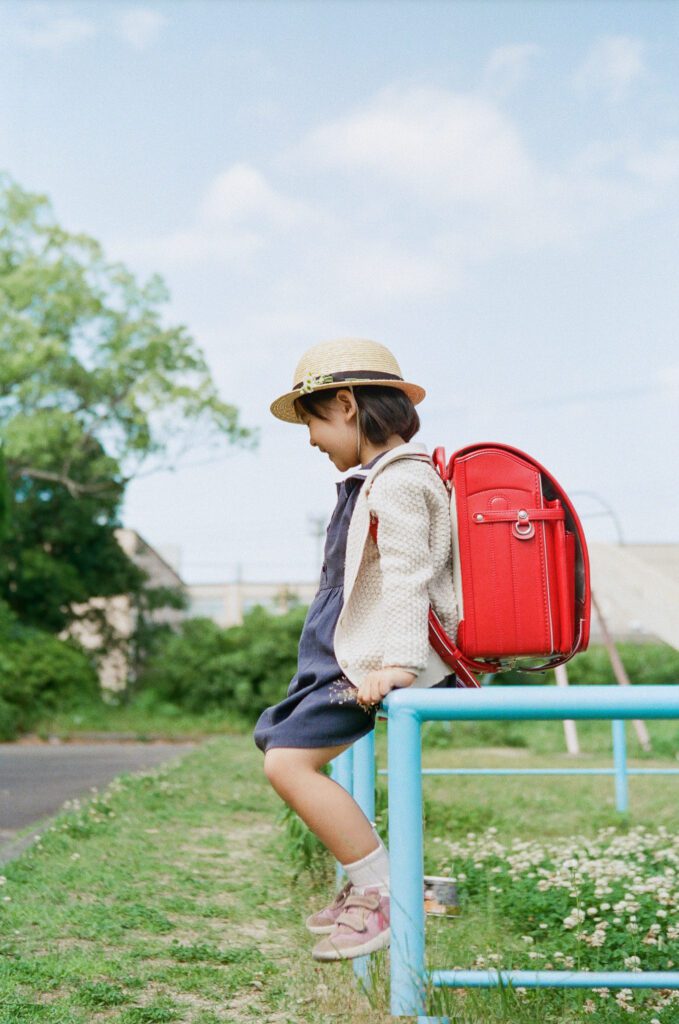
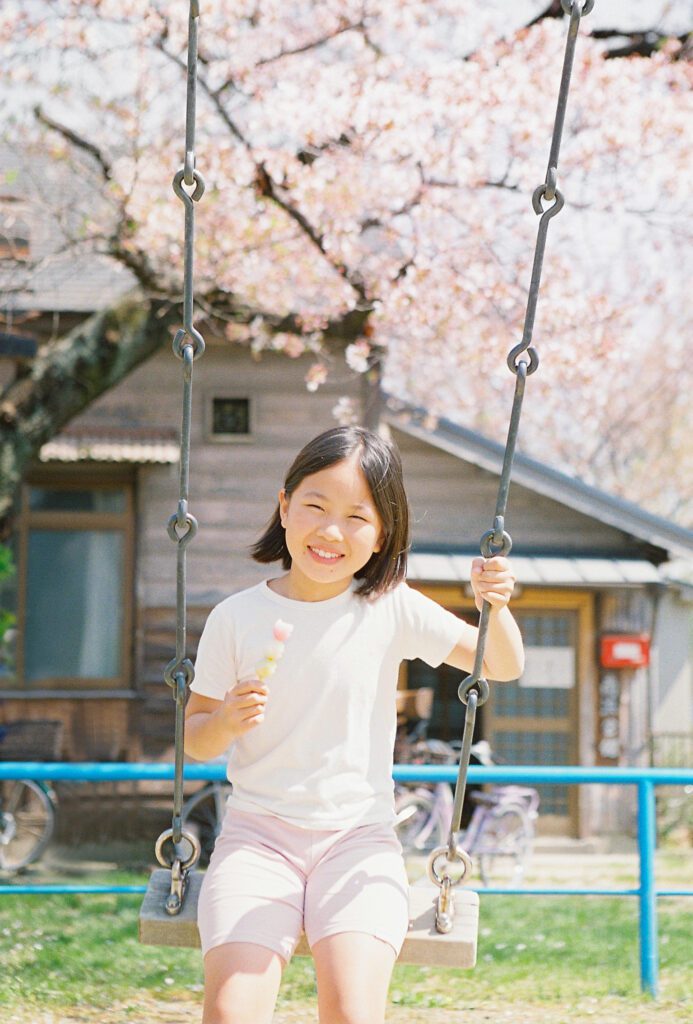
Friendship
We are incredibly grateful for the kind invitations extended to us by our Japanese friends and professors, as their support has been instrumental during our time here. They have gone above and beyond, assisting us with tasks ranging from finding an apartment to showing us around the area. The girls became friends even with the language barrier. We could not make this living period without their generous help. And we really look forward to host them when they have a chance to visit United States.
Living near Kyoto University in the Uji district has its own unique charm, particularly due to the presence of the international student center where we reside. We have made friends and actively participated in the various activities organized for international families. These events have become highlights in our children’s lives, as they eagerly spend their afternoons hanging out with their newfound friends after school. Additionally, we have had the pleasure of joining other families on trips to nearby attractions in Kyoto, such as the Uji River, Byodoin Temple, and Lake Biwa. The kids, hailing from different parts of the world, have created countless precious memories during our time together in these past months.
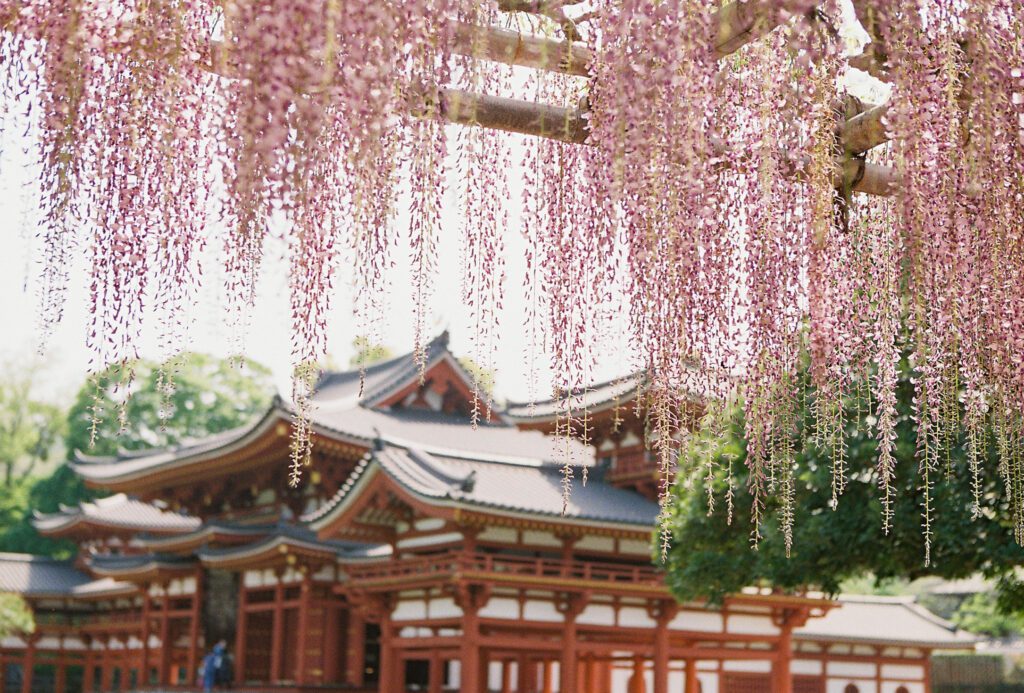
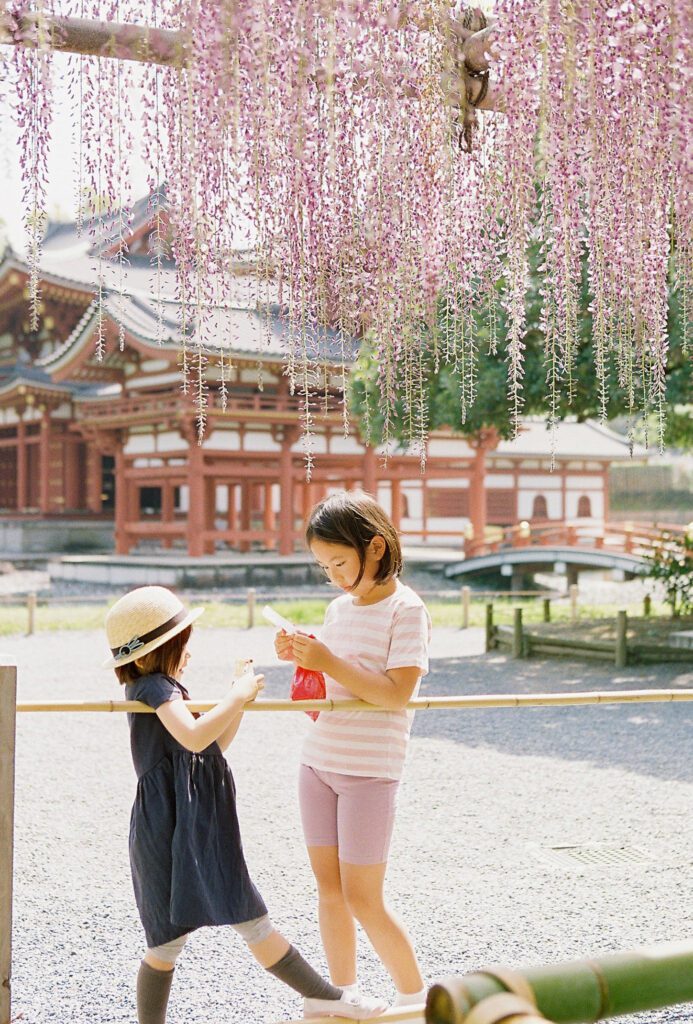
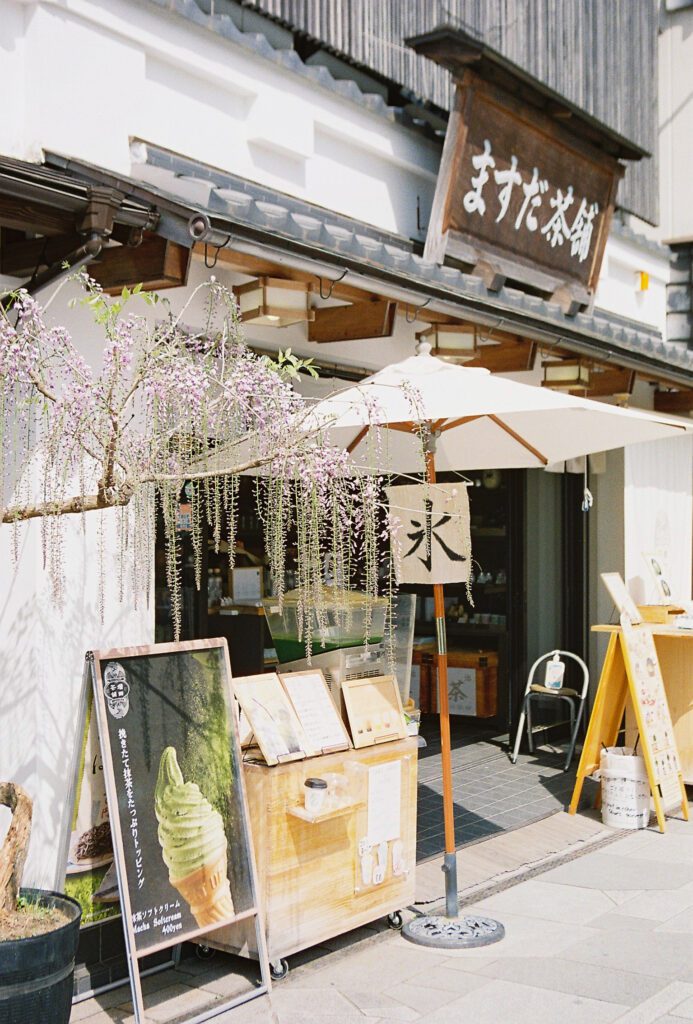
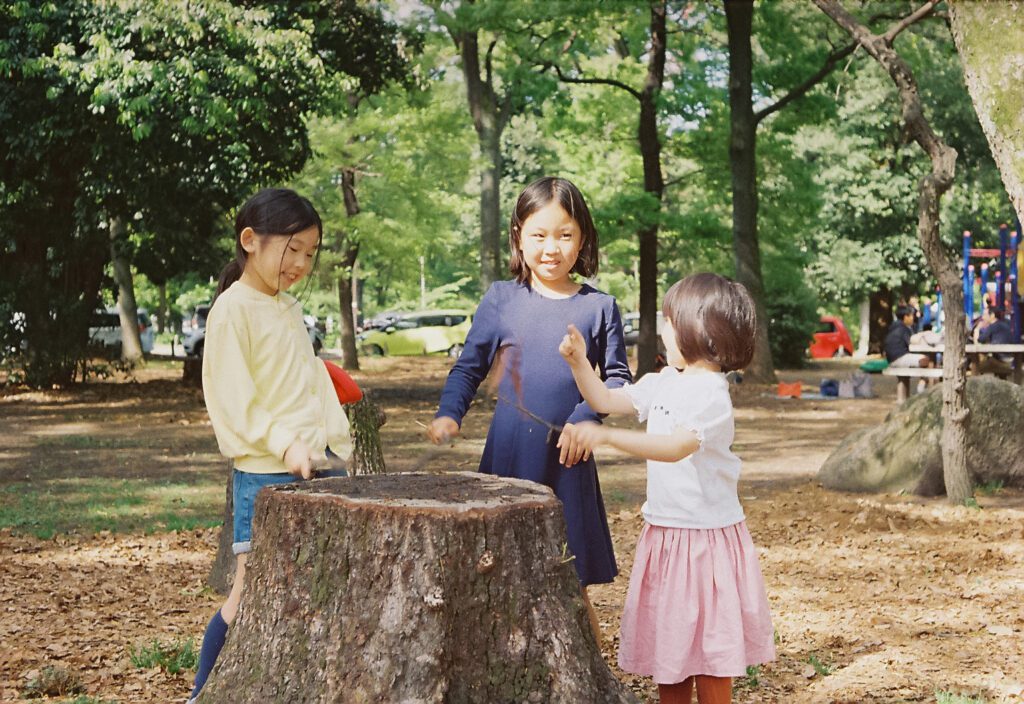
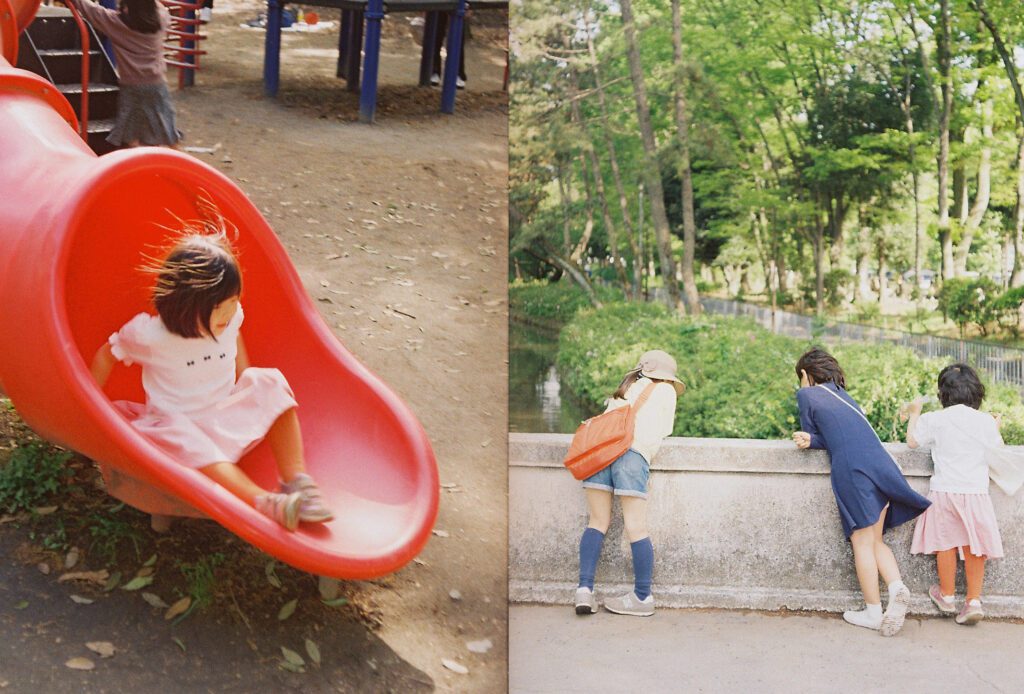
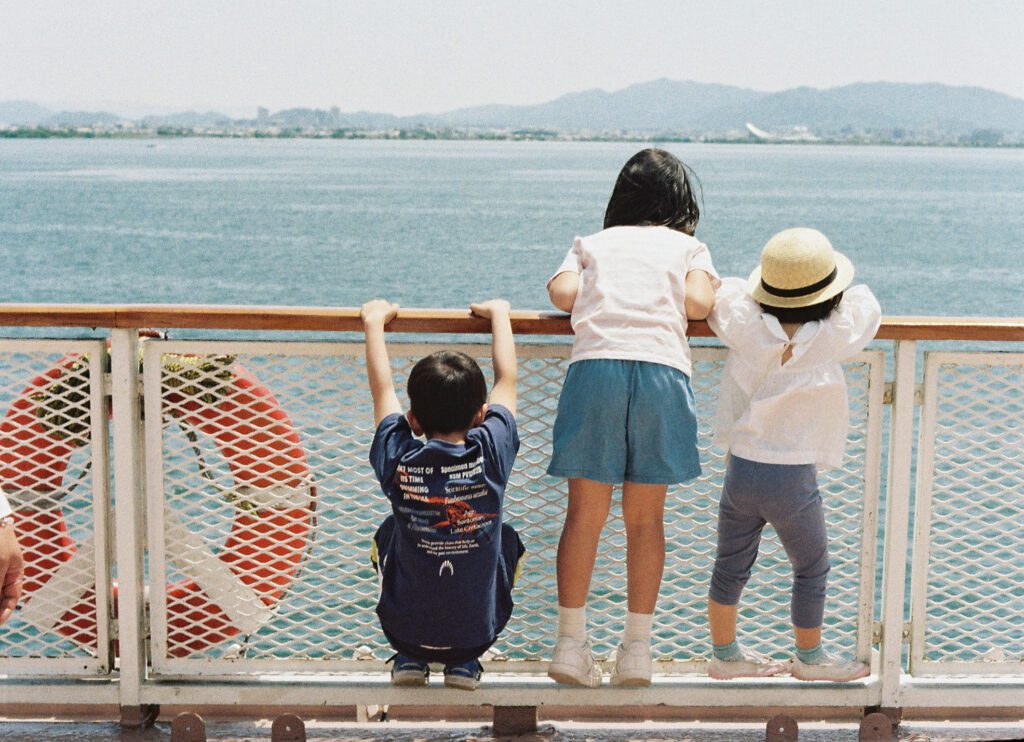
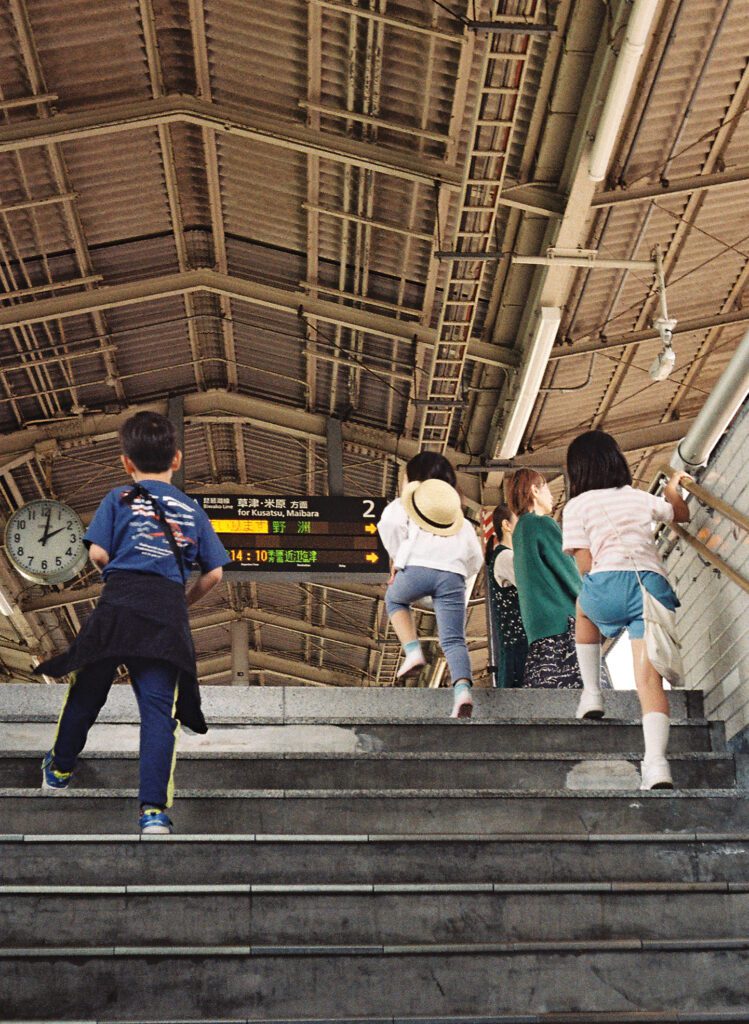
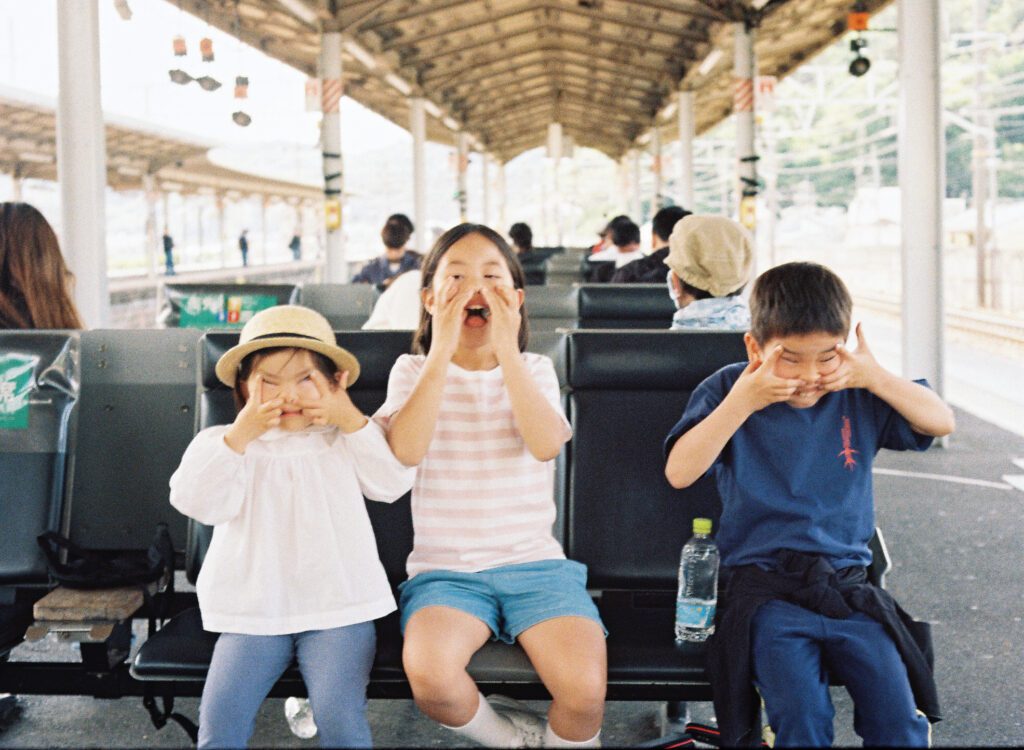
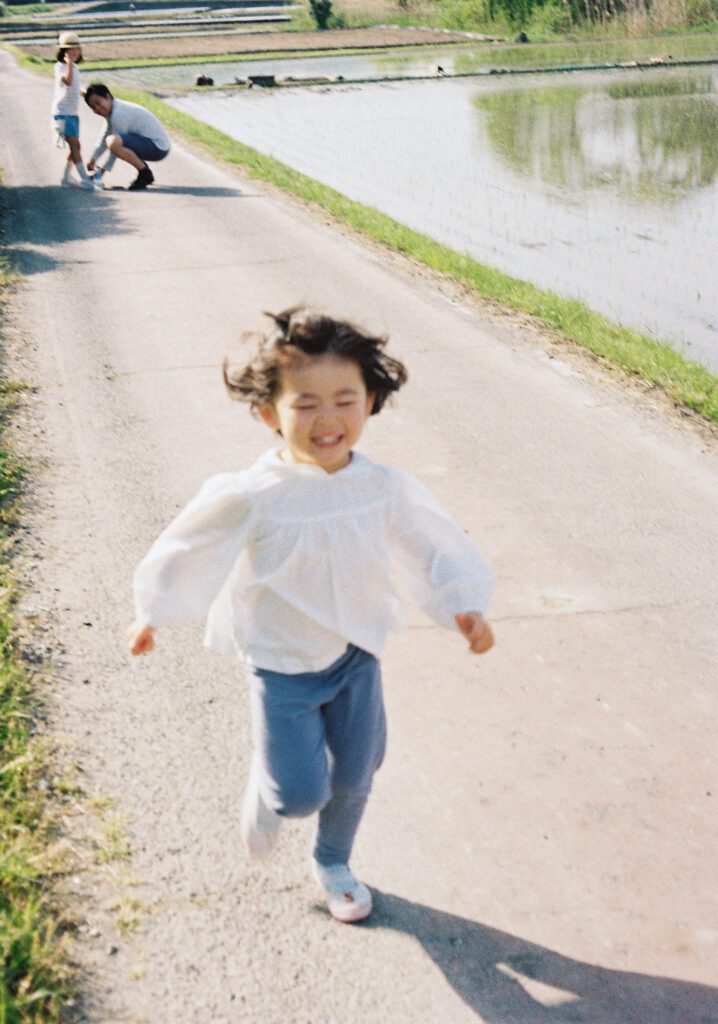
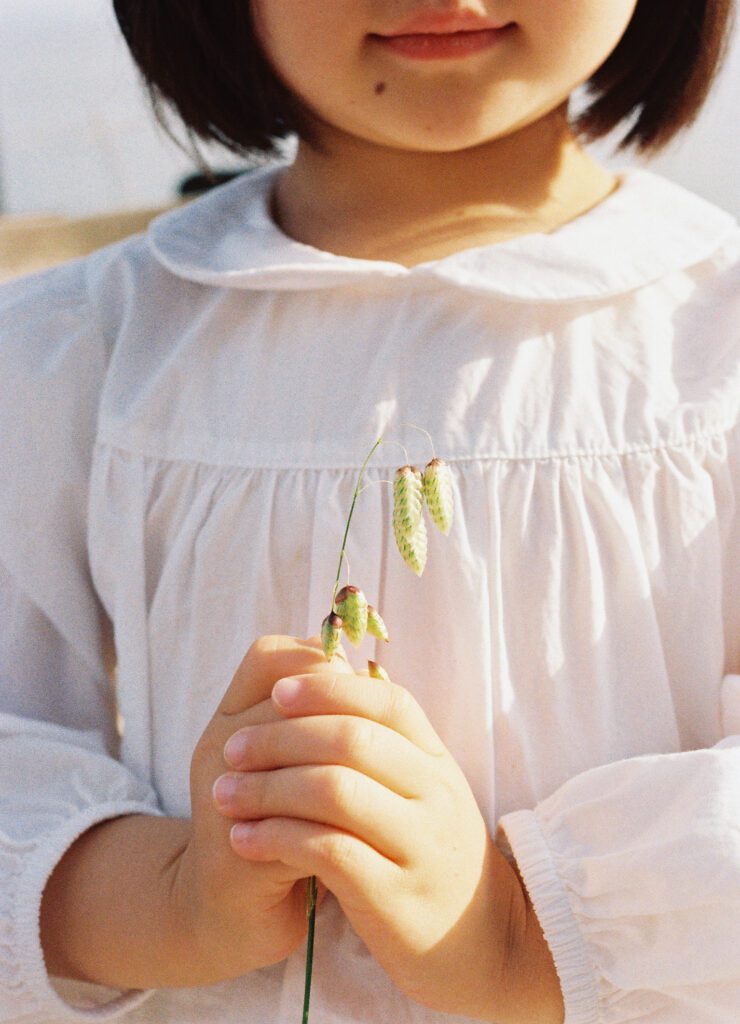

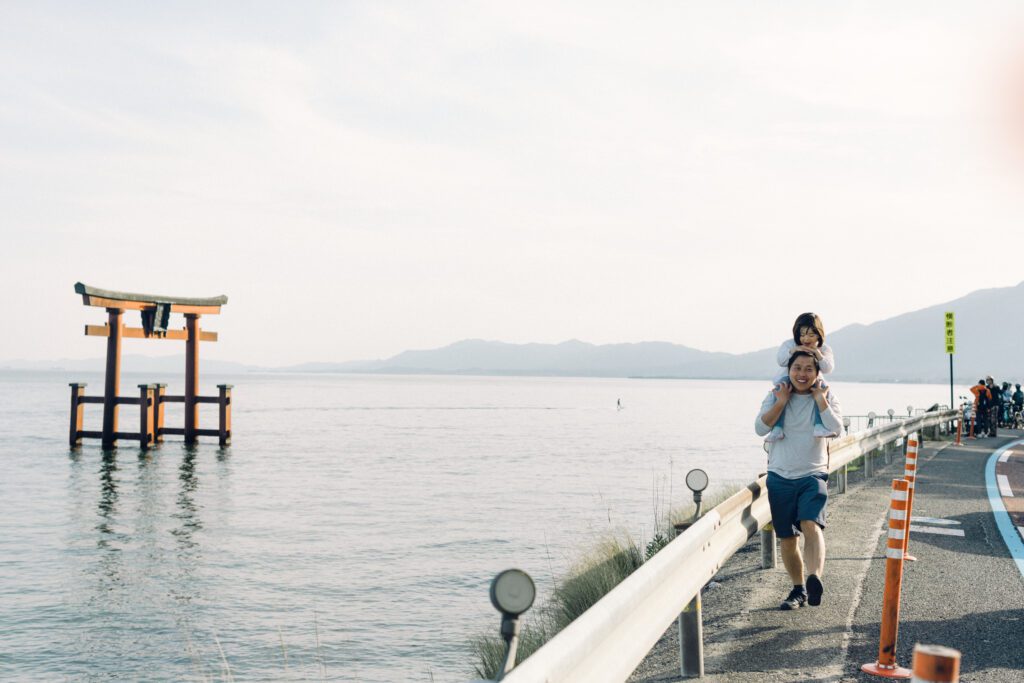
Culture
Temples & Shrine: For those unfamiliar with Japanese religious practices, it can be intriguing to observe how people worship their gods at temples and shrines. Each place has its own distinct purpose and rituals. Our Japanese friends suggested that we observe and follow the actions of others. For instance, one ritual involves randomly selecting a wooden chip from a can, which leads to finding a corresponding paper revealing your fortune based on the clue number on the chip. If the fortune is positive, you are encouraged to keep it, but if it is negative, there is a designated area where you can tie the paper to signify leaving the bad luck behind. Some temples and shrines have unique methods to determine your luck, such as placing the paper in running water, allowing the water god to communicate your fortune through the paper becoming wet.
Civilization: Japan’s ancient culture is a treasure trove of richness, seamlessly woven into the fabric of people’s daily lives. During our time here, we had the opportunity to learn the art of origami from our Japanese friends. They skillfully folded paper cranes to symbolize good wishes, as well as crafting paper cases for practical everyday use. Their mastery of organization extended beyond household chores, reflecting their disciplined personalities and efficient lifestyles. Not only do they avoid wasting any food on their plates, but they also approach recycling with utmost seriousness.
You’ll notice a scarcity of public trash cans in Japan, even on the streets and in public transportation. Instead, trash cans are strategically placed in specific locations for easy access. It can be solved by bringing our own bags for trash storage and separate the waste for recycling when return home. It may sound inconvenient, but this conscientious practice contributes to the remarkable cleanliness that characterizes the entirety of Japan.
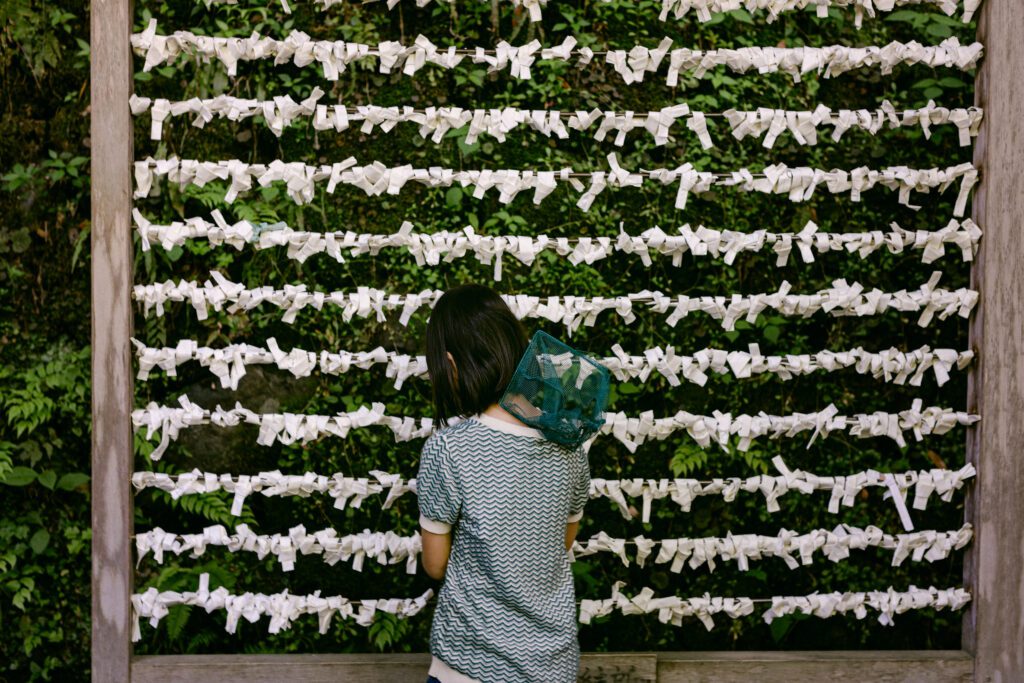
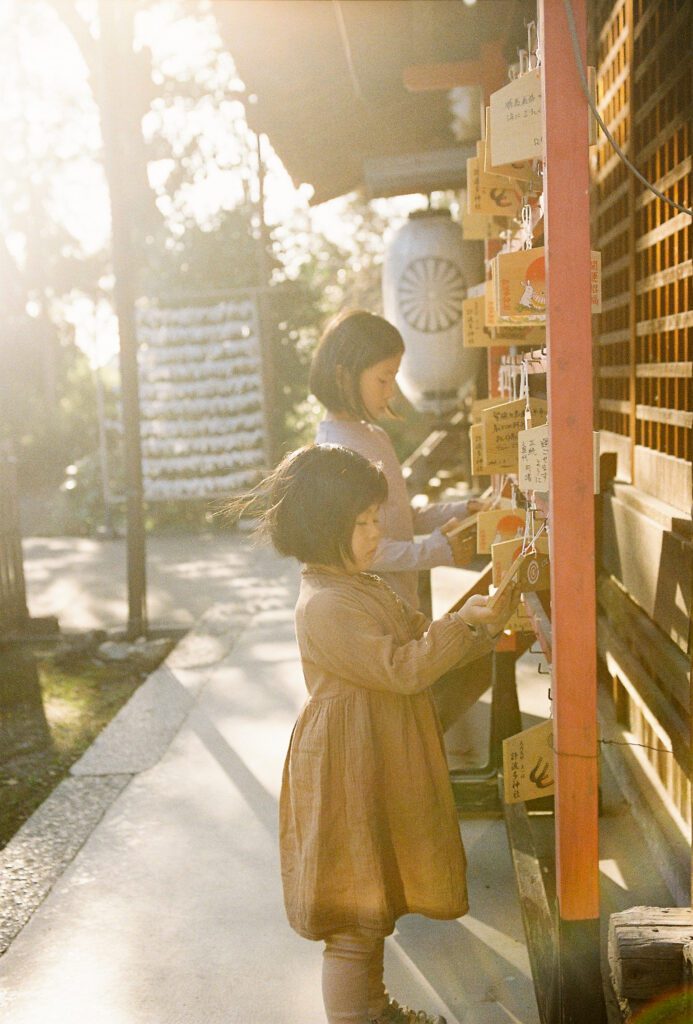
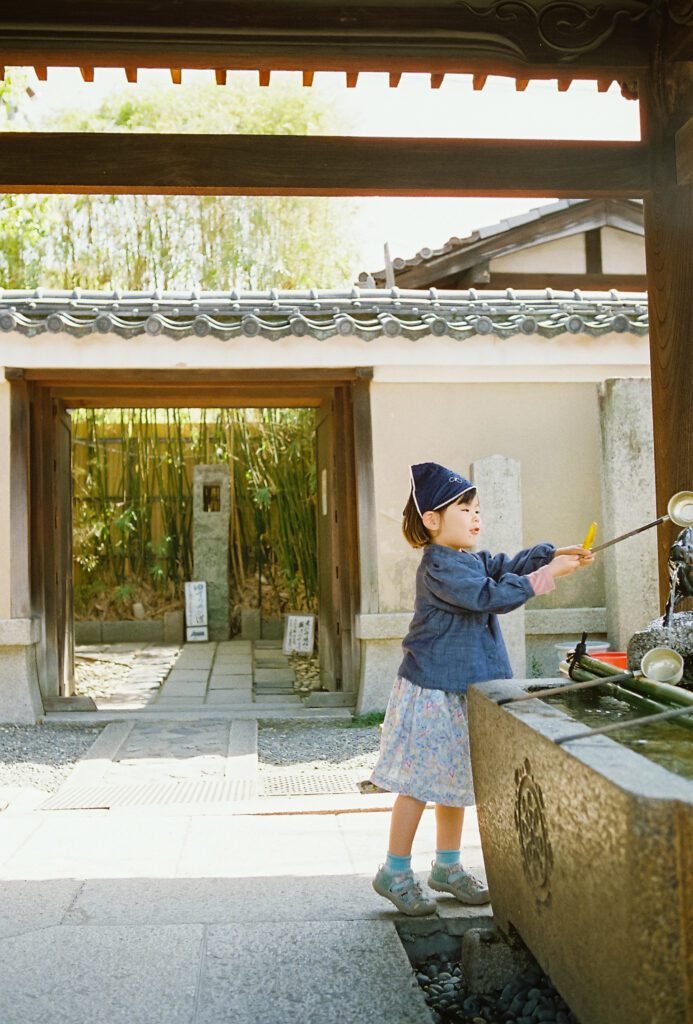
Artisan: Japan is renowned for its exceptional craftsmanship, ranging from cameras and rice cookers to woven products and pottery, as well as various everyday accessories. The phrase “MADE IN JAPAN” has become synonymous with high-quality and dependable goods. This aspect became evident to my husband during his time at Kyoto University, where his colleagues demonstrated great expertise in utilizing and repairing lab equipment. When we decided to personalize our 10th-anniversary ring in Japan, we were determined to witness the process carried out by skilled artisans. Fortunately, we discovered a suitable artisan in Kobe and had the opportunity to visit their workshop, which boasted natural and exquisite decorations that perfectly matched their authentic craftsmanship.


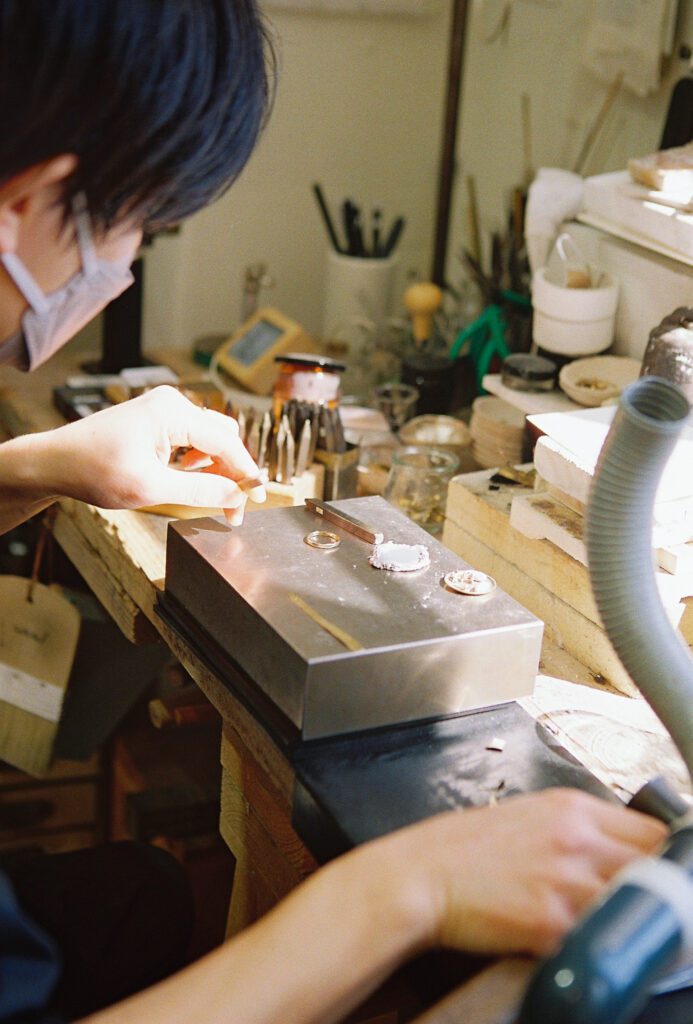
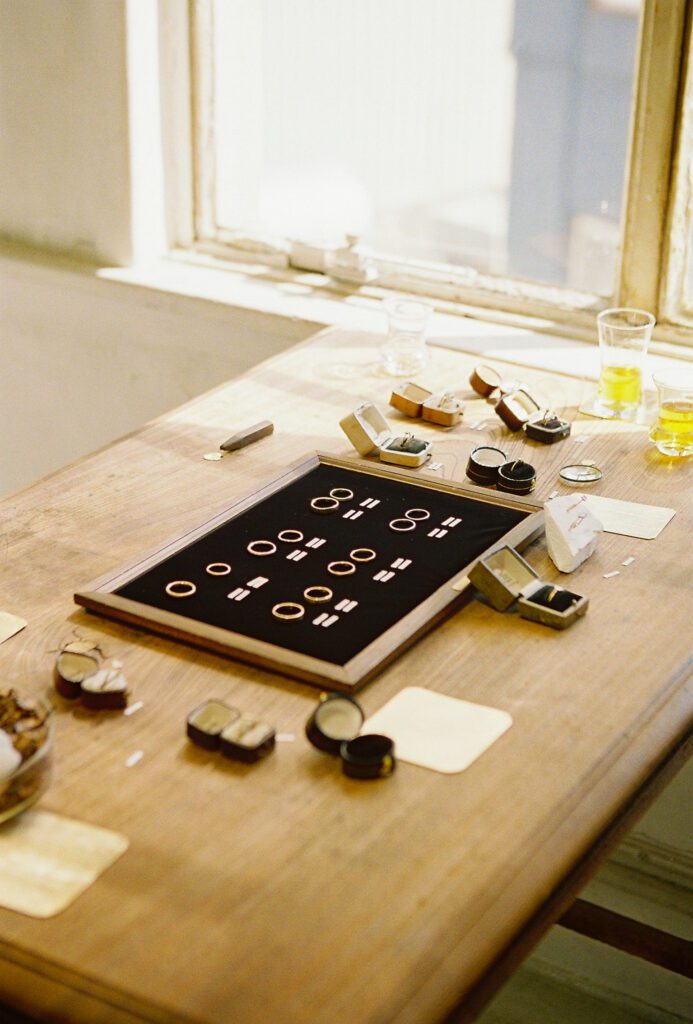

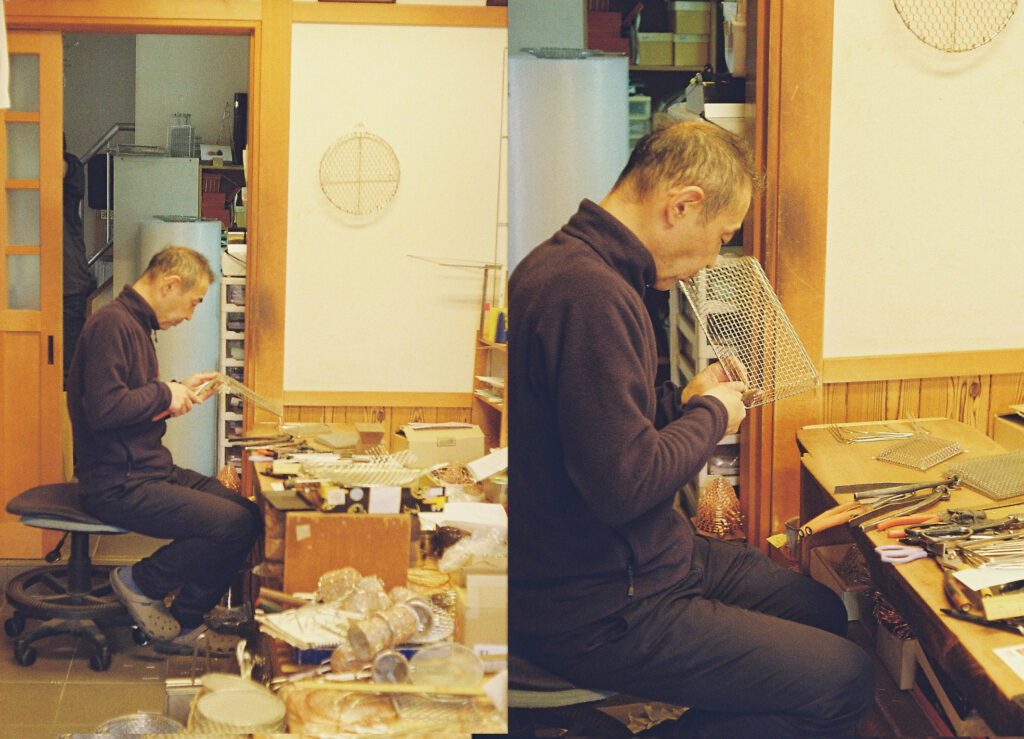
Festival
Japan has an impressive track record of keeping traditions alive for centuries. In May, we experienced one big festival of koinobori, also known as the flying carp of Spring. These are colorful carp-shaped flags that hold special cultural significance.
The origins of the koinobori can be traced back to the shogun, who were esteemed military figures. They began using flags adorned with carp imagery to commemorate the birth of male children in their families. This practice quickly gained popularity, as the flags came to symbolize the hope for prosperity and good fortune in the future lives of these boys. The carp, known as koi in Japanese, is a fish that swims against the current and can even leap over small obstacles. This symbolism further reinforces the positive meaning associated with the tradition, which has been passed down from generation to generation and is now celebrated as Children’s Day.
Although Children’s Day is officially celebrated on May 5th, households with children often continue to display the koinobori for an extended period. We had the opportunity to participate in the celebrations in Takatsuji near Osaka, where the koi streamers could be seen energetically swimming upstream in the wind. On sunny days, the shadows of the swimming carp create a mesmerizing sight, seemingly gliding along the ground. It is a beautiful and vibrant tradition that adds joy and color to the local communities.
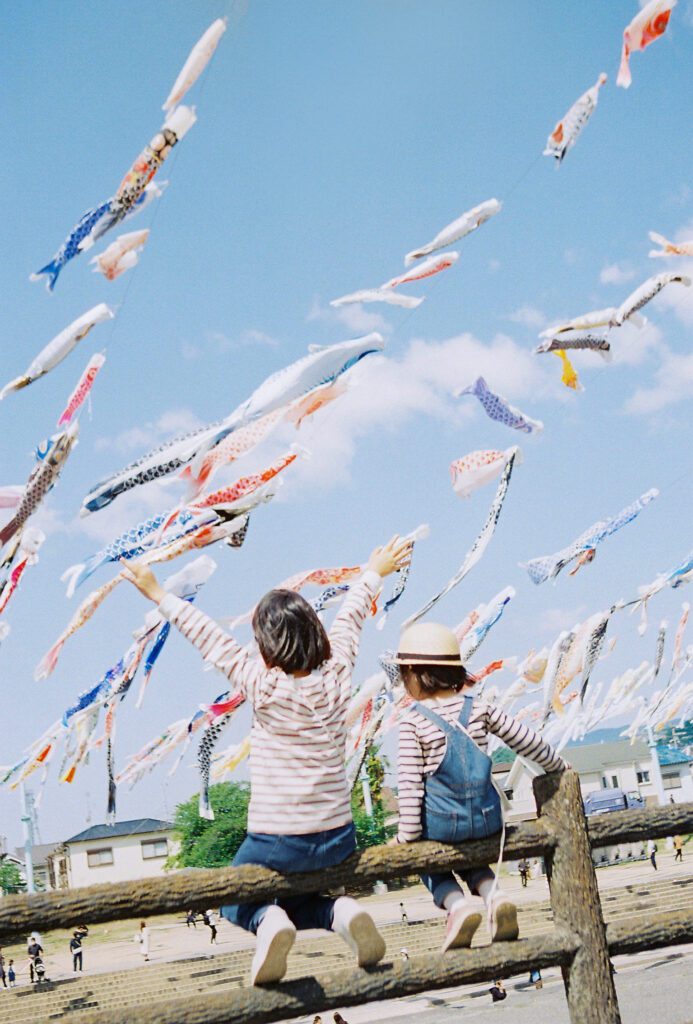
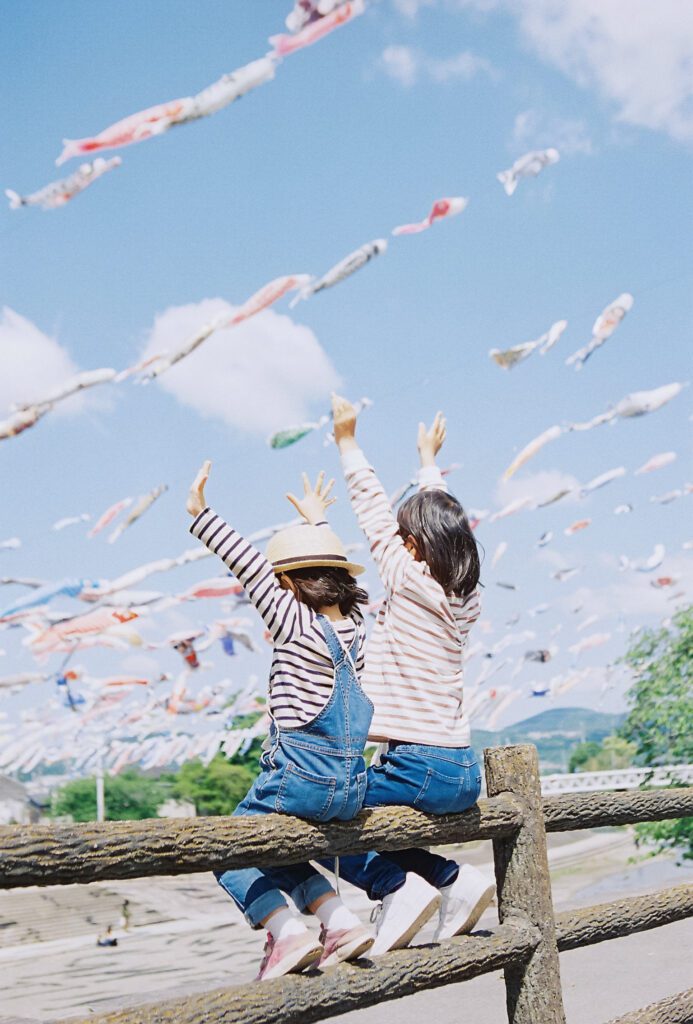
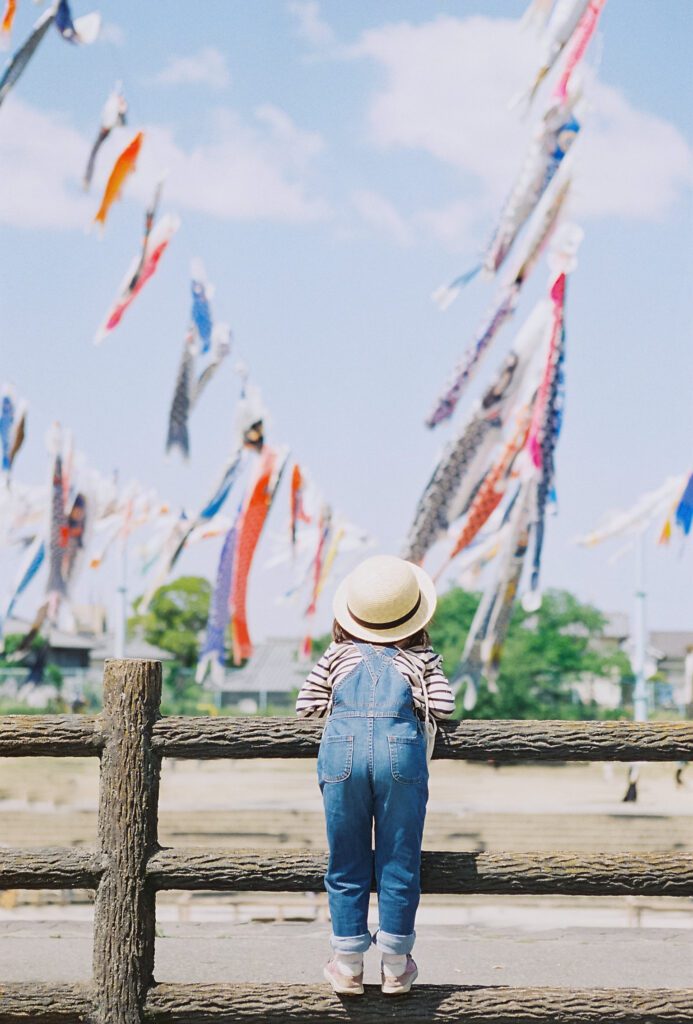
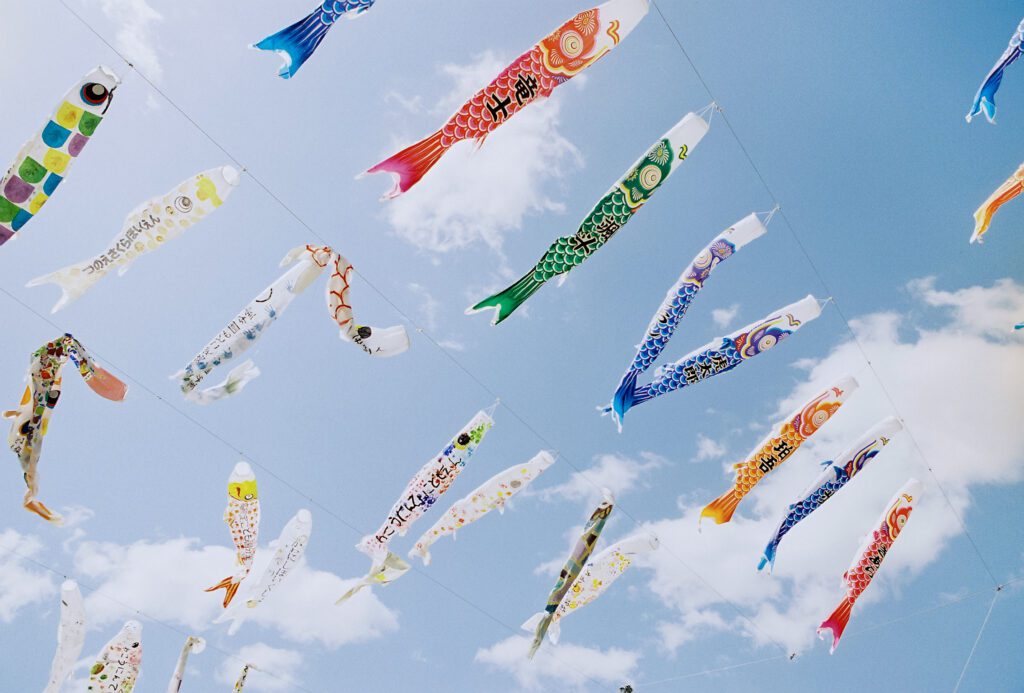
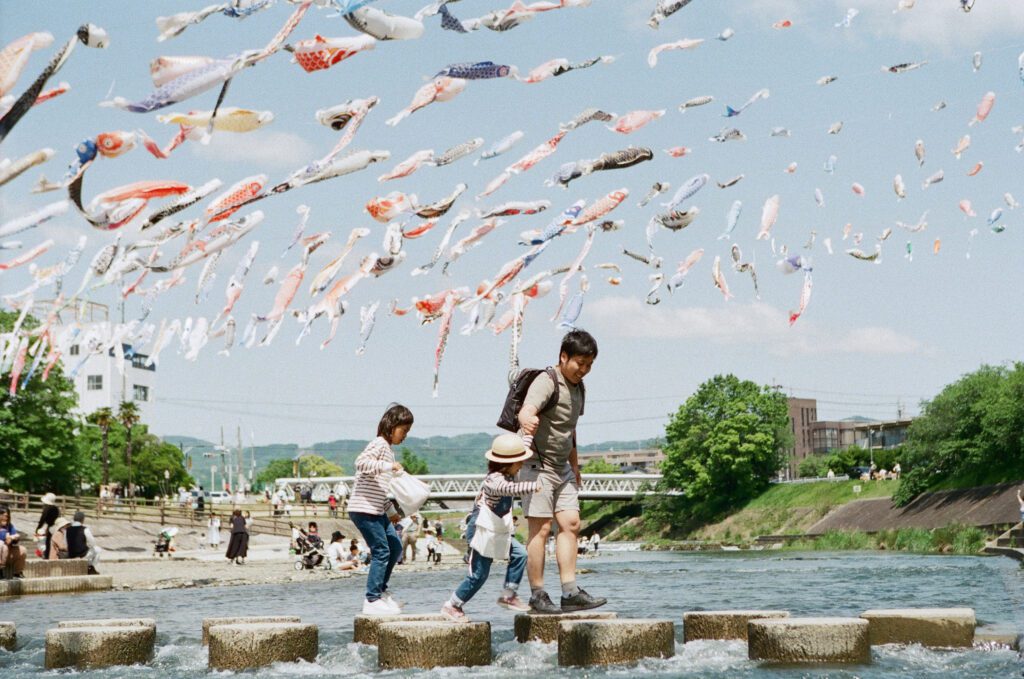
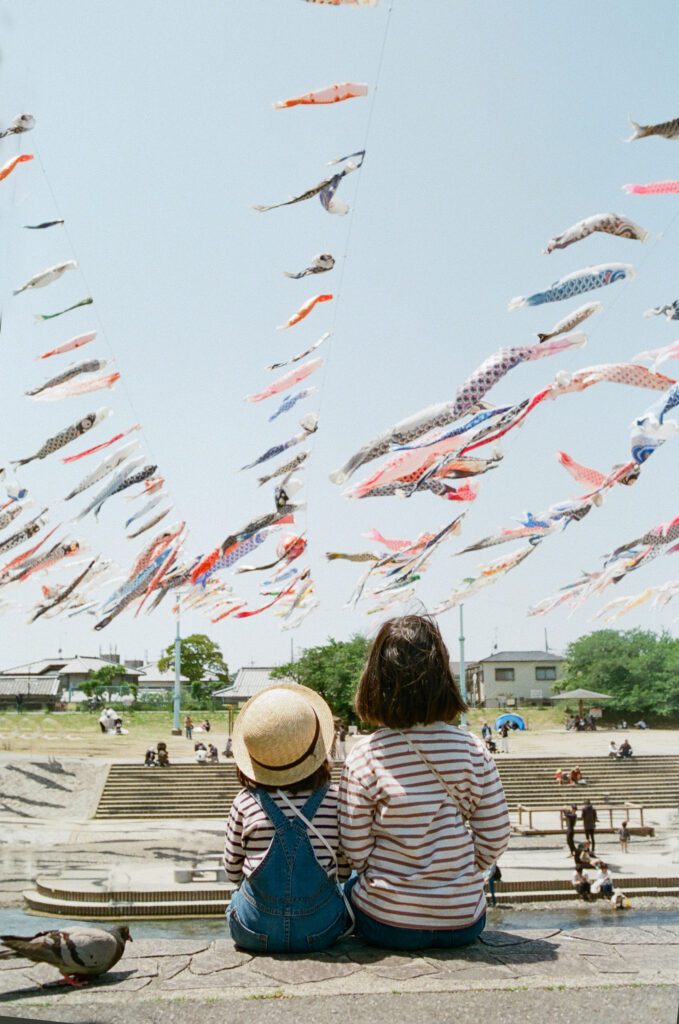
Kyoto
Kyoto is renowned for its hot summer weather, largely due to its geographical location. Being situated in a basin, the heat tends to get trapped in the area. However, the ingenious locals of Kyoto came up with a refreshing solution to beat the summer heat—riverside restaurants. Around 400 years ago, small tatami rooms were constructed and placed above the Kibune River, allowing people to savor a delicious meal while enjoying the cool breeze of summer. This tradition has become well-known throughout Kyoto and continues to thrive.
The Kibune River is one of the water sources for the Kamogawa River, which flows through the heart of Kyoto. In summer, Kibune is nearly 10C degrees cooler than in Kyoto downtown. Its coolness can be likened to nature’s air conditioning. In addition to the riverside restaurants, there are also seating areas where visitors can appreciate the sight and sound of a waterfall. Although the rushing sound of the water is far from quiet, its rhythmic flow is incredibly soothing to the ears and gradually relaxes the mind. It offers a tranquil and refreshing atmosphere amidst the summer heat.
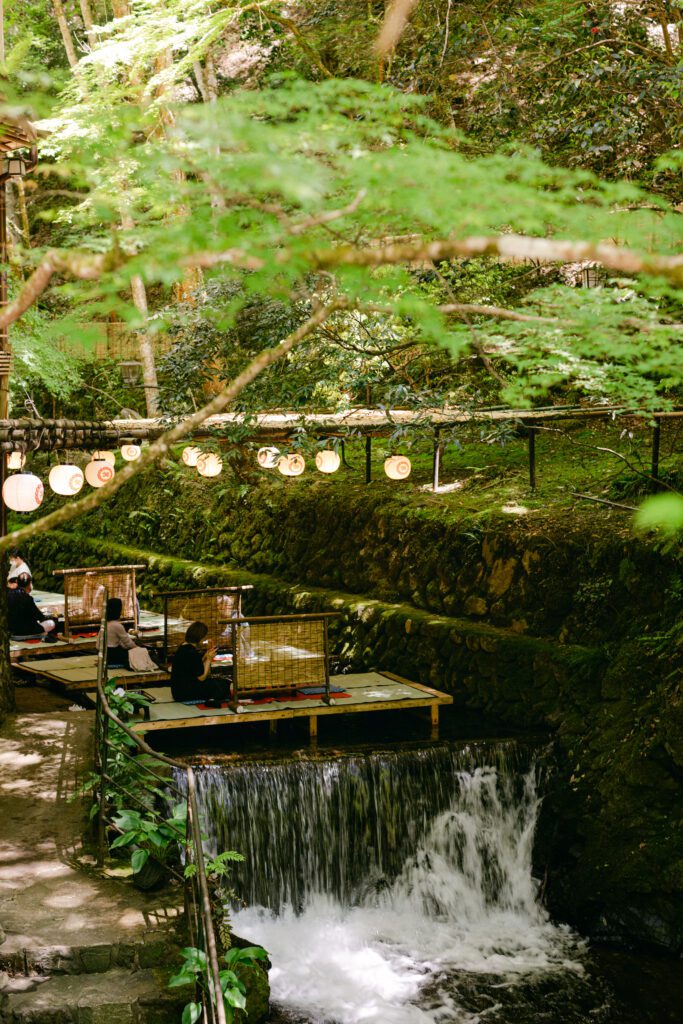
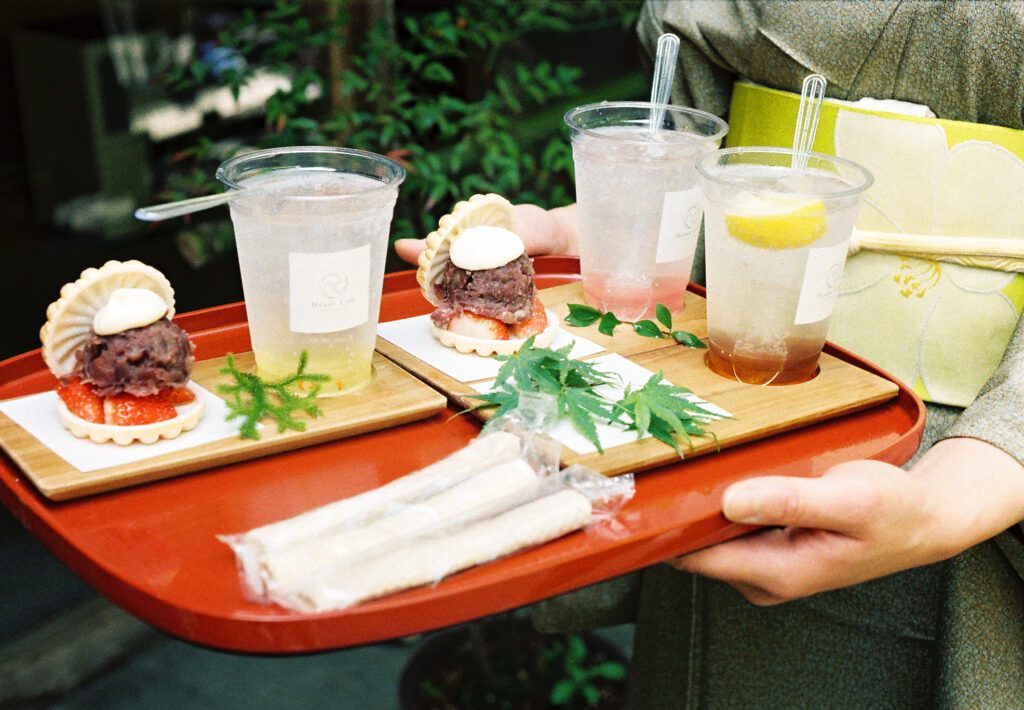
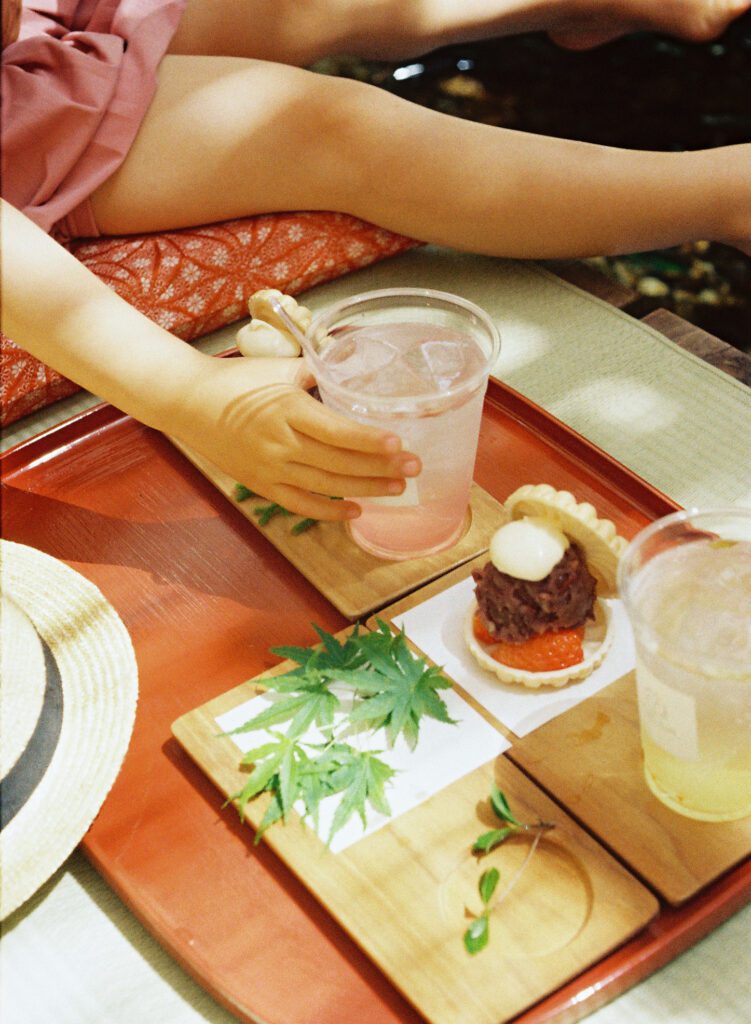
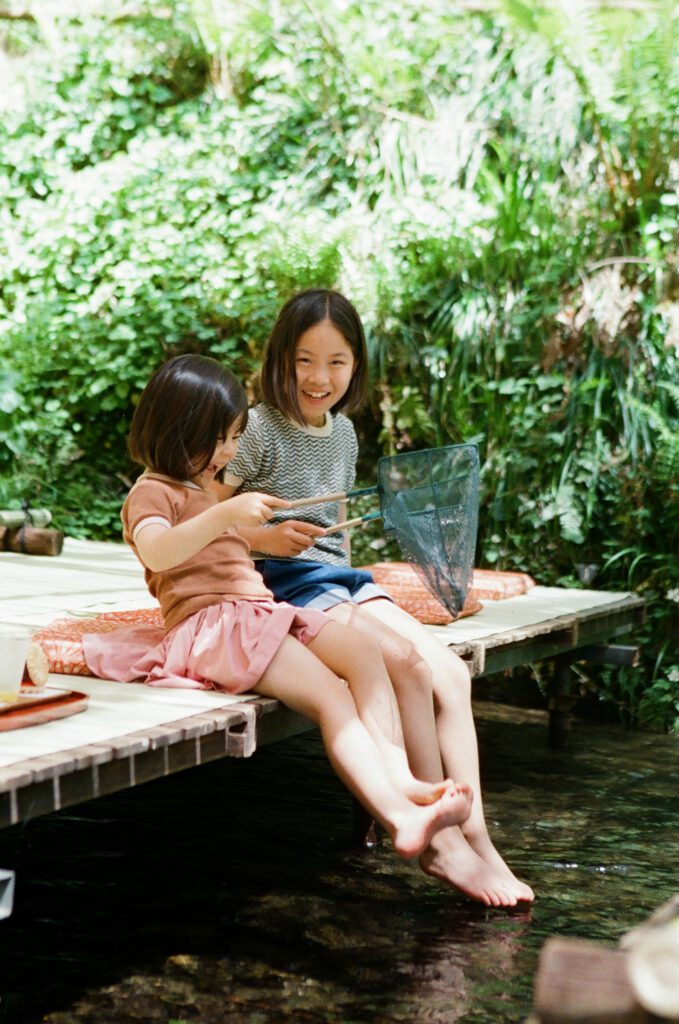
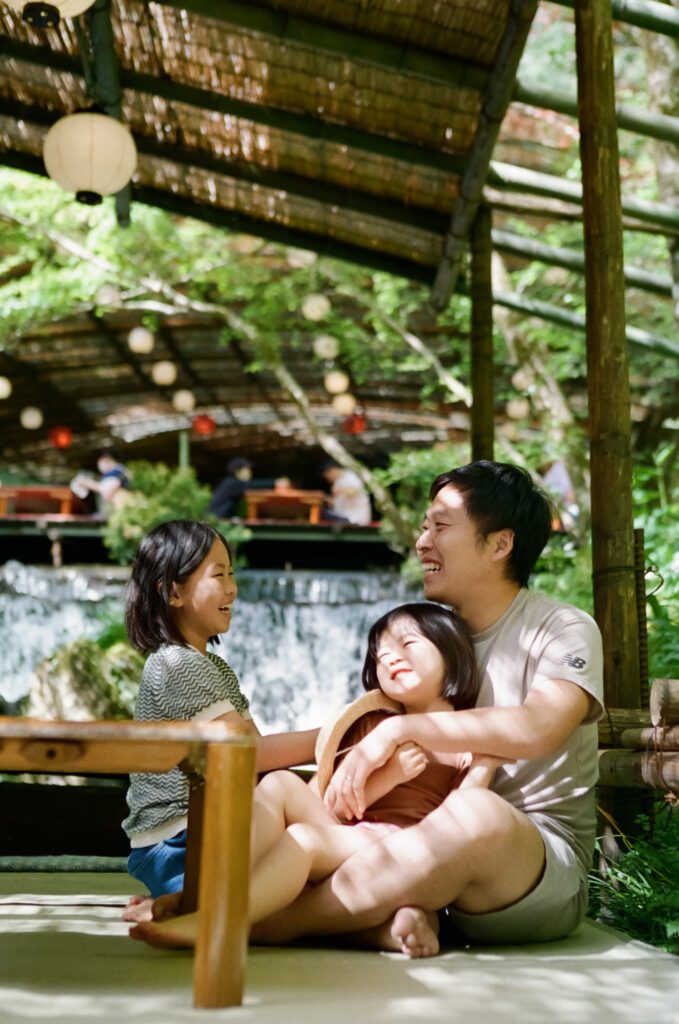
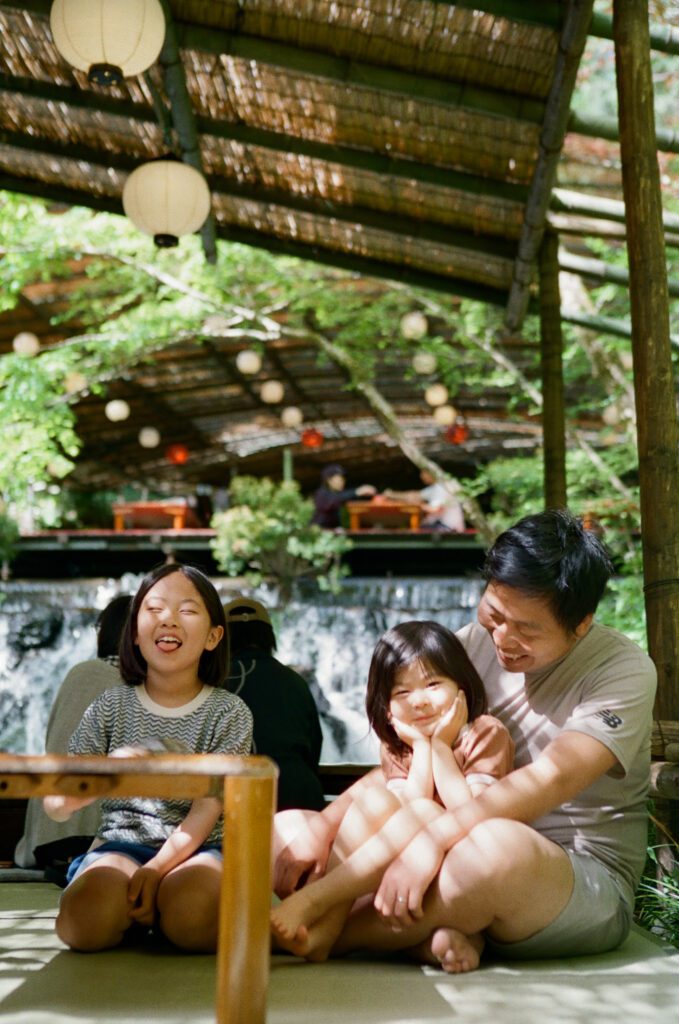
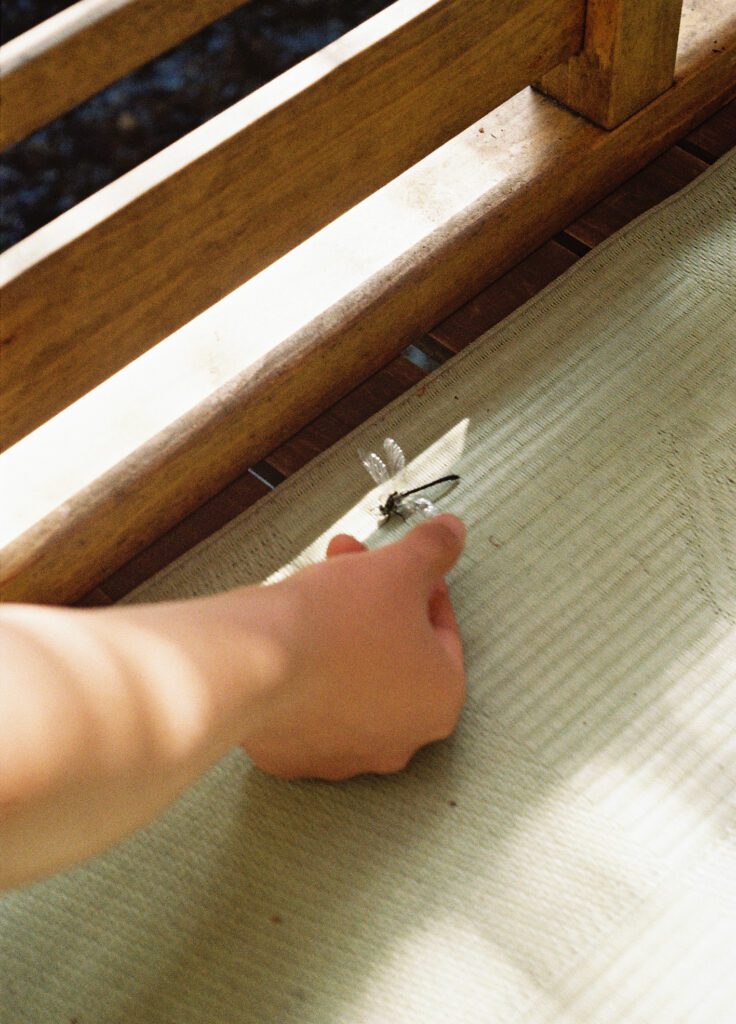
Kyoto holds a special place in the hearts of both visitors and Japanese locals alike, often compared to Disneyland for its preservation of precious culture and unique civilization. With over 1,000 temples and shrines to choose from, Kyoto offers a plethora of options that can leave visitors feeling spoiled for choice. Many of these places are renowned for their exquisite gardens, adding to the allure of the city. Whether it’s the famous bamboo grove near Tenryu-ji in Arashiyama and Sagano district or the bustling Kiyomizu-dera temple, where you’ll encounter people dressed in traditional kimonos, there is something to captivate everyone’s preferences.
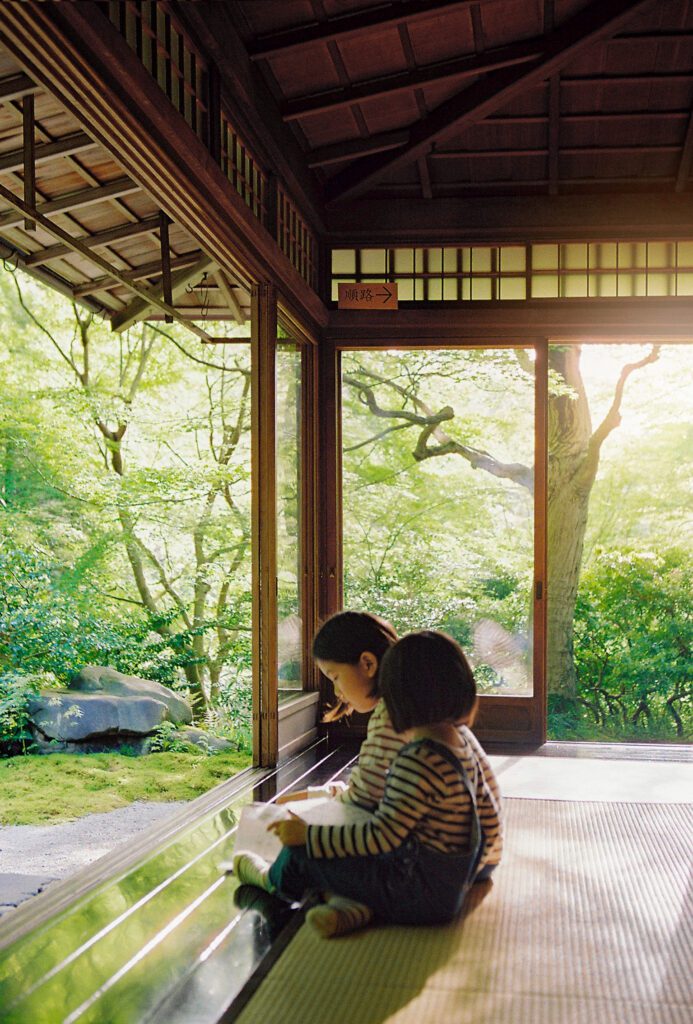
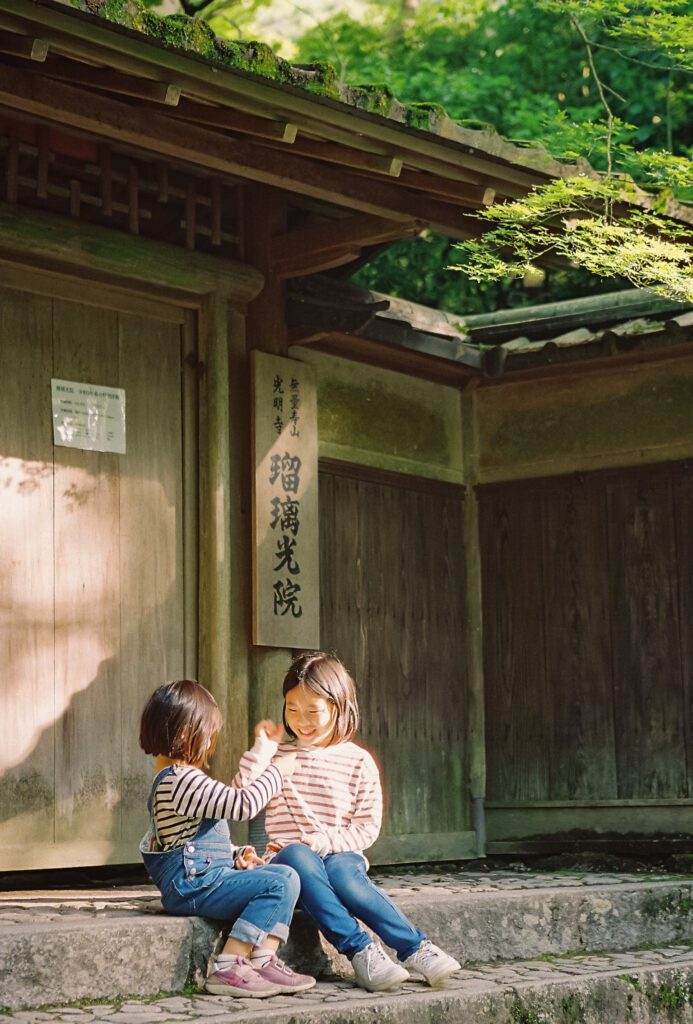
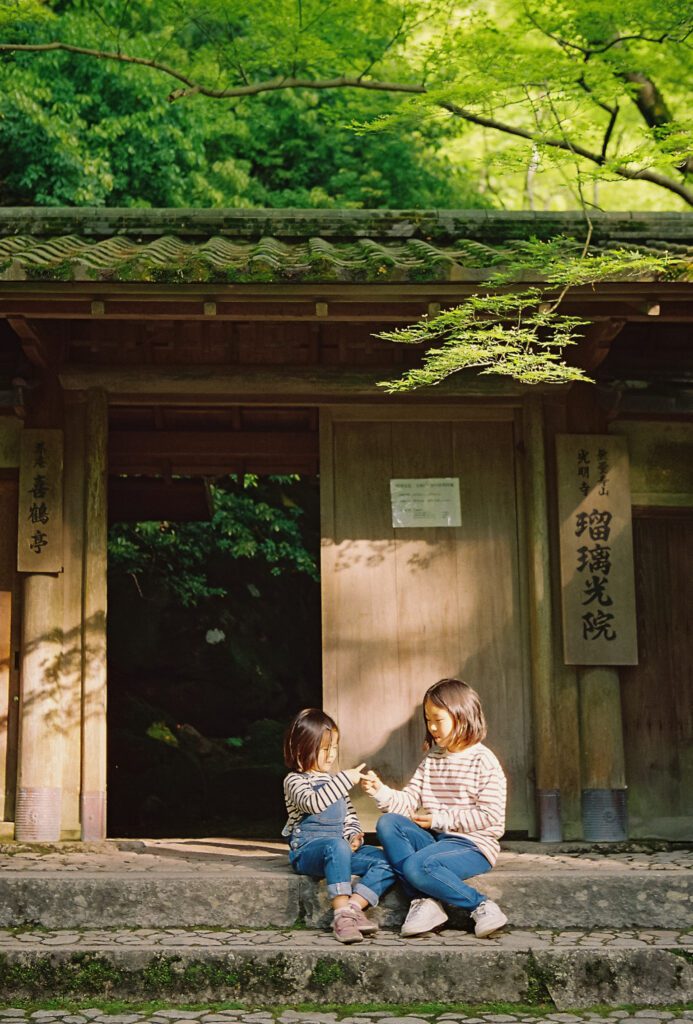
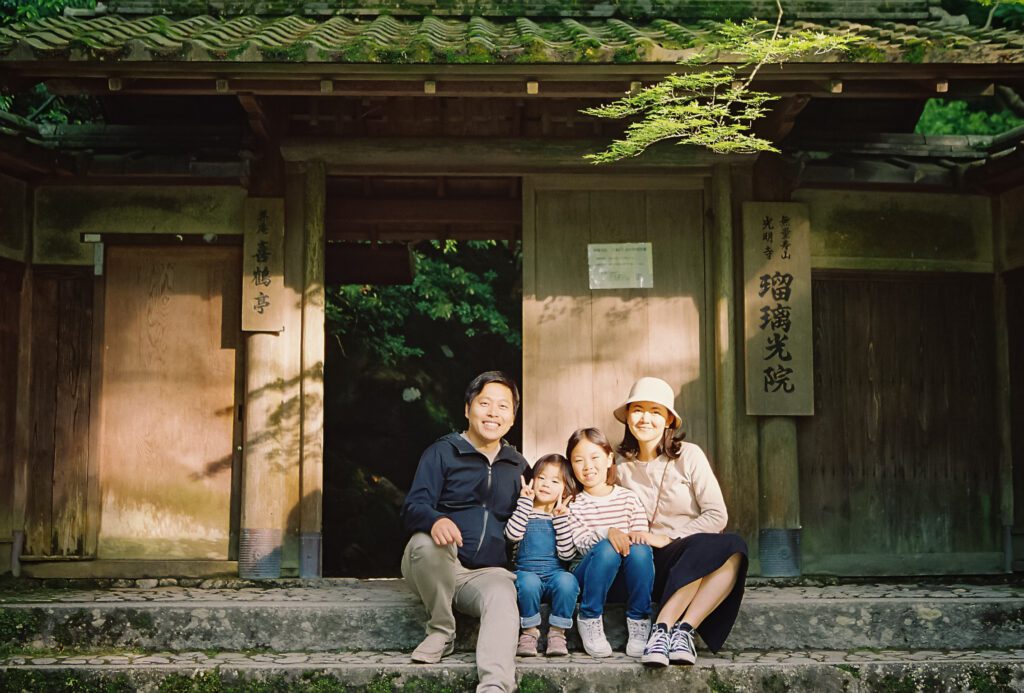
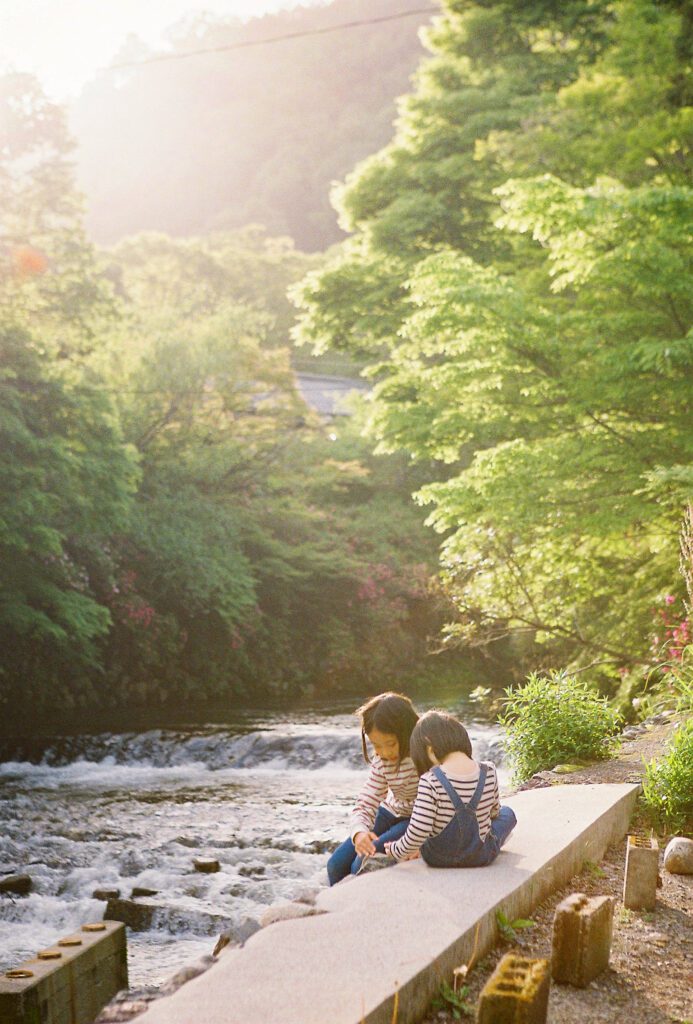
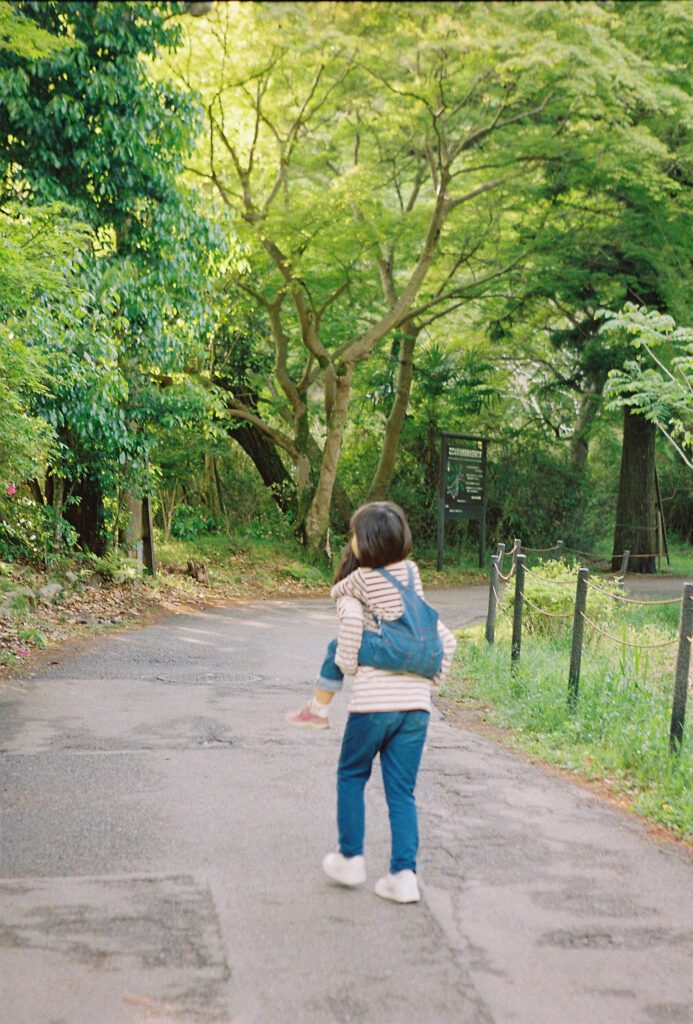
The end of the gap year
In June of last year, we set off on our adventure with just two luggages in tow. After 1 year, 9 countries, 50 cities, countless flights, trains and buses, now we have returned to the comfort of our sweet home, carrying with us an abundance of memories and emotions that are simply indescribable. Throughout our journey, Jane faithfully kept two weighty journals in her backpack, treating them as if they were sacred artifacts on a pilgrimage. Despite their weight, she insisted on carrying them everywhere we went, as they had become our most treasured means of retracing our steps and reliving our experiences. In her own words, ” I could not bare losing them”. And we couldn’t agree more.
All good things must come to an end. And I constantly remind myself that life will change as we carry these experiences with us. The bond between Jane and Mary has surpassed any sisterhood I could have ever imagined, and we take great pride in witnessing their physical and psychological growth. While we don’t expect them to remember every amazing place they visited, we encourage them to embrace the future while treasuring the journals as a solid foundation deeply ingrained in their hearts.
The end of the gap year, we are still doing good. As the gap year comes to a close, we are pleased to say that we are still doing well.
“We shall not cease from exploration. And the end of all our exploring will be to arrive where we started. And know the place for the first time”
T.S. Eliot’s little gidding





